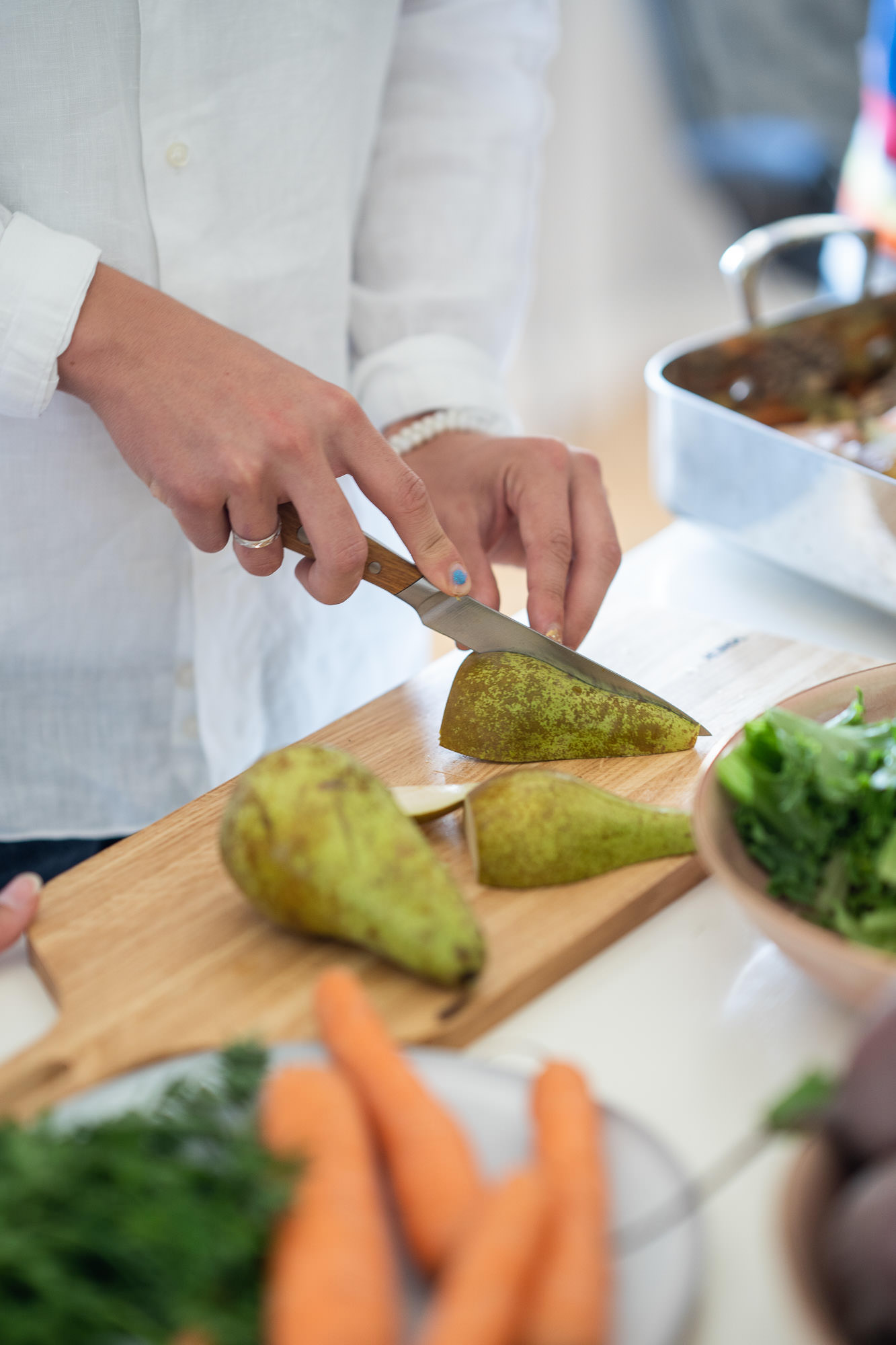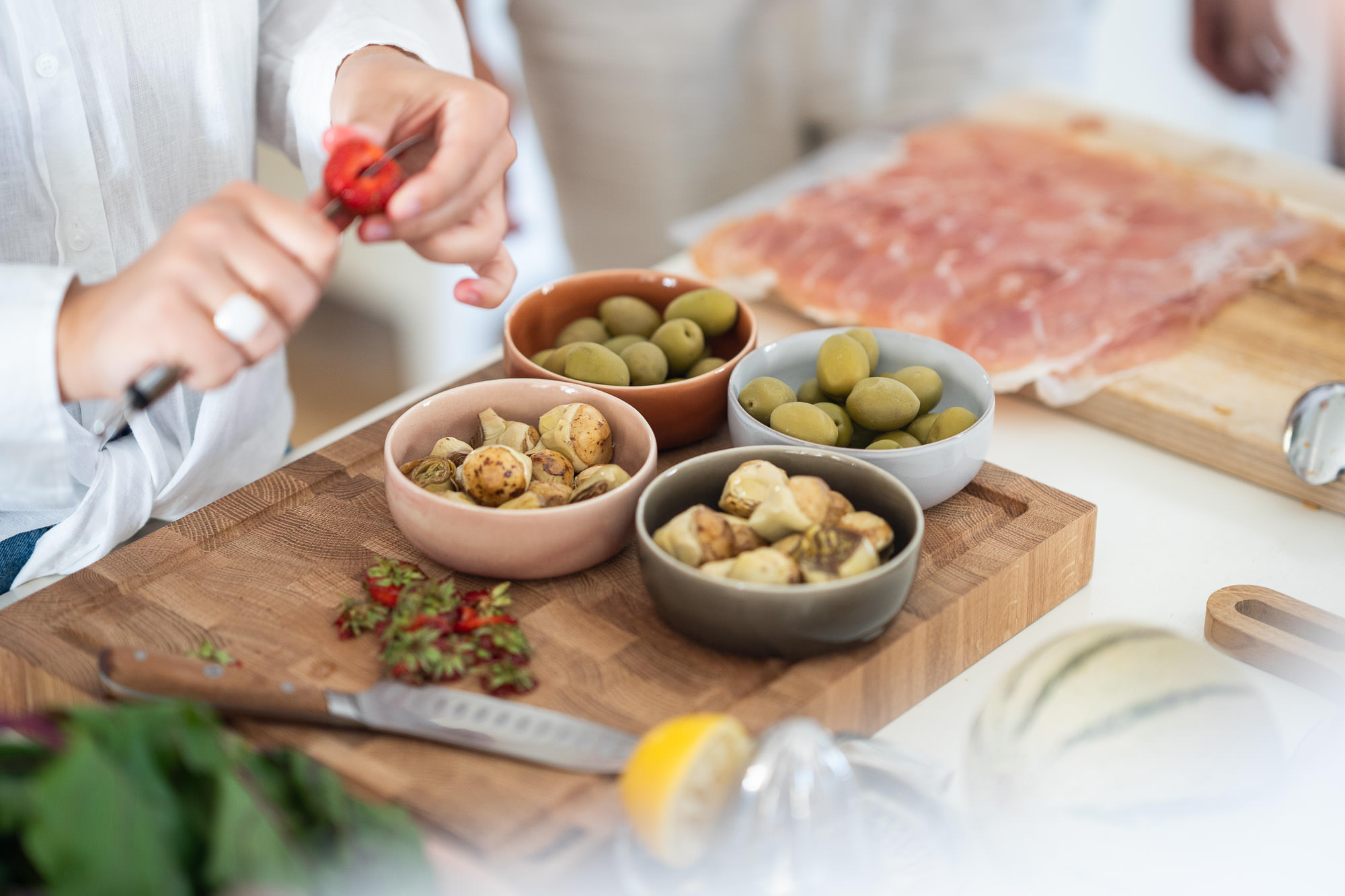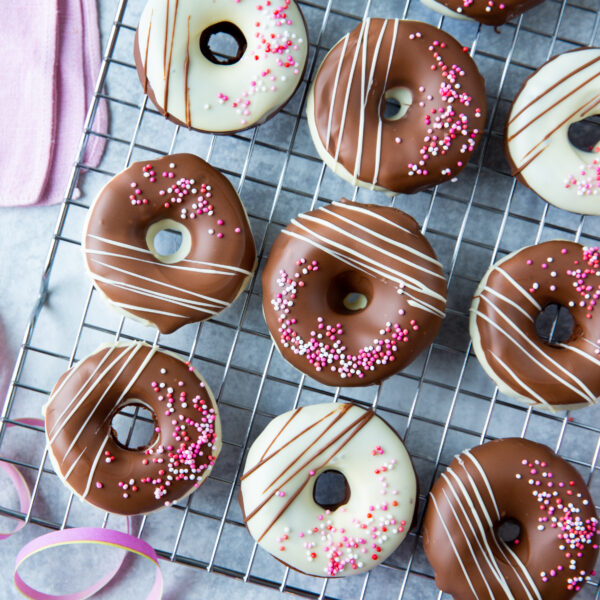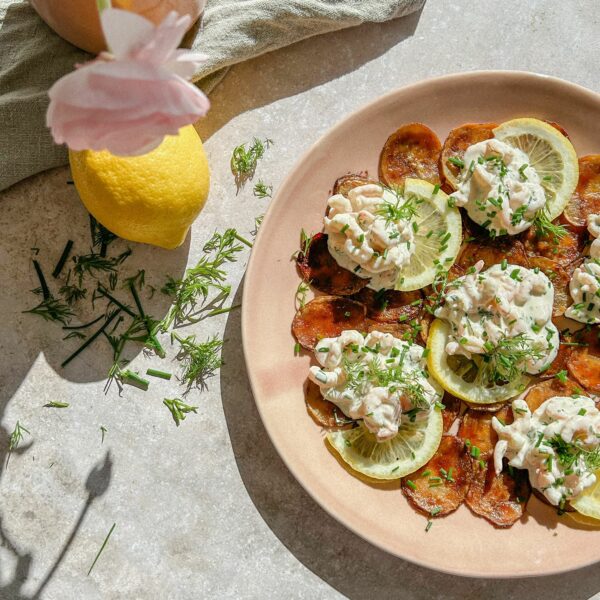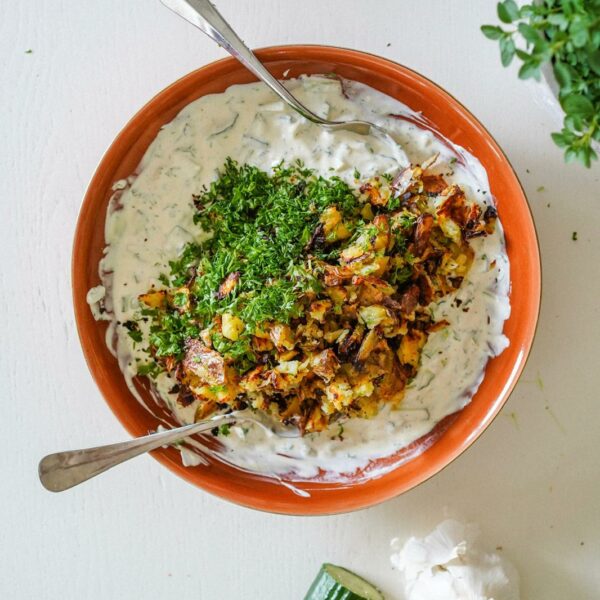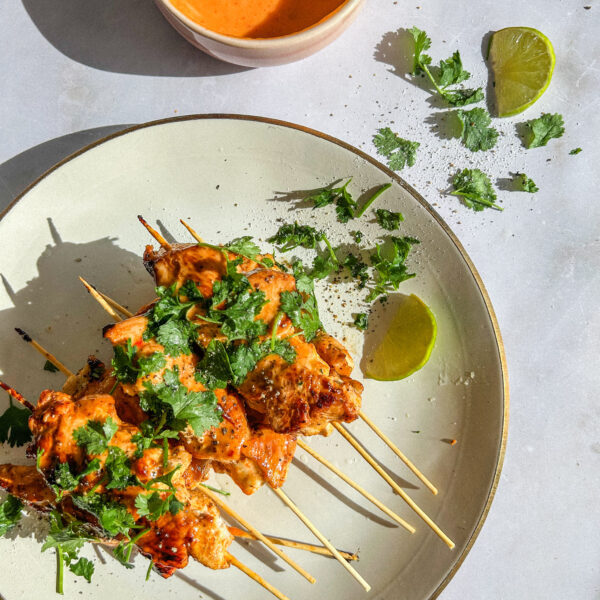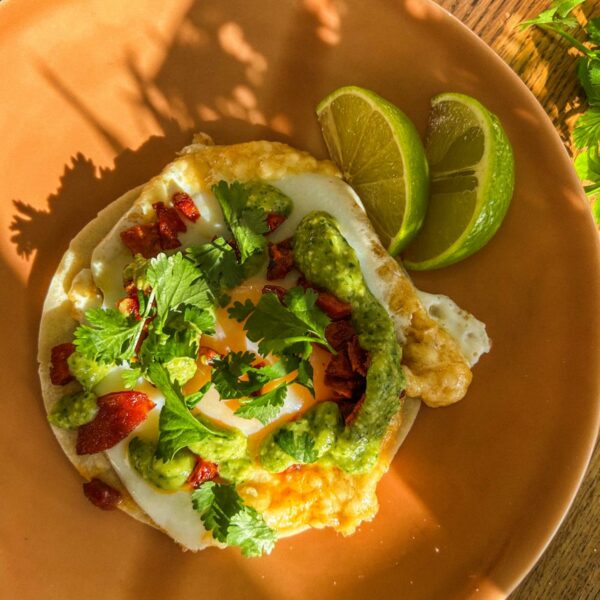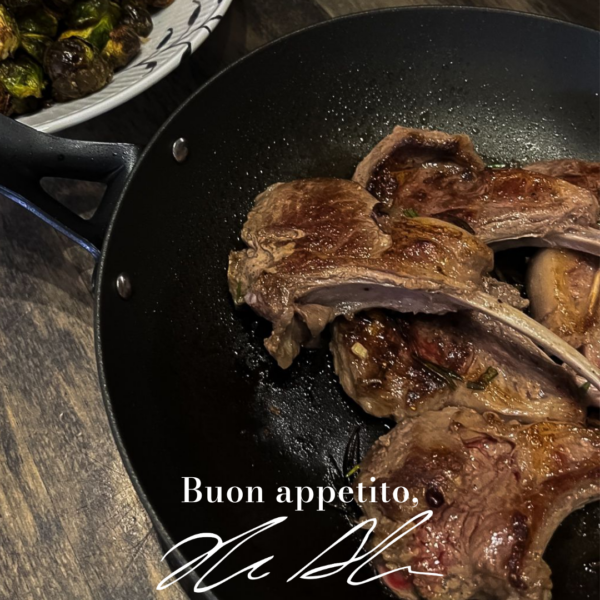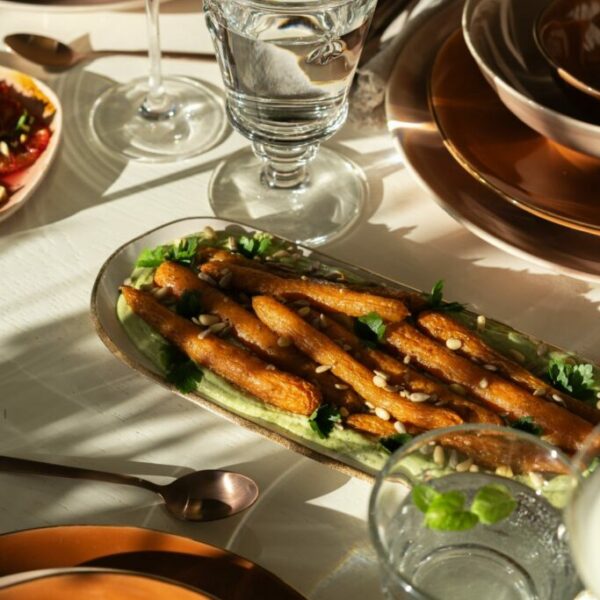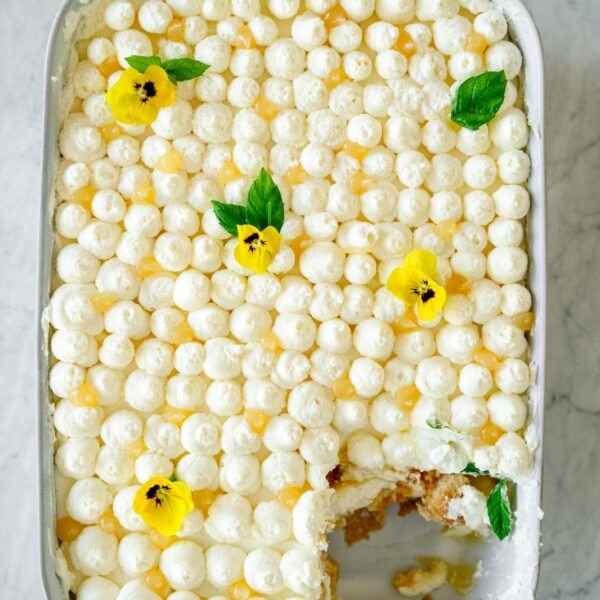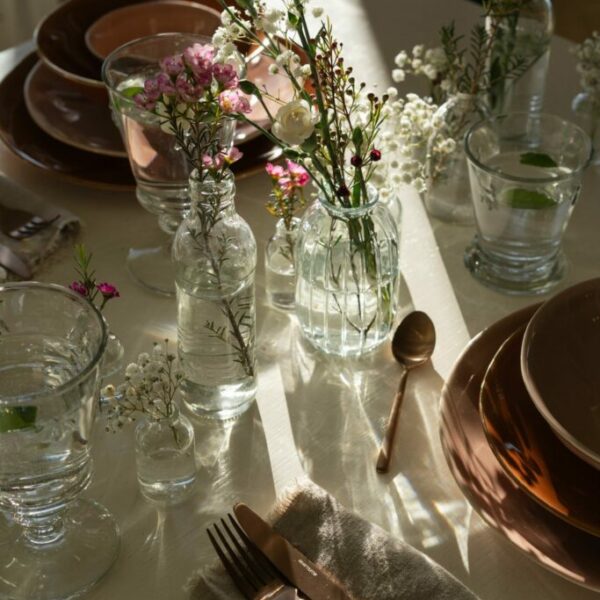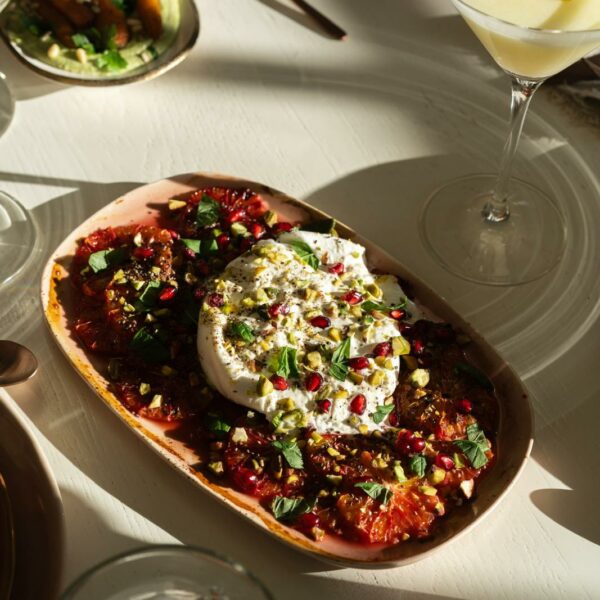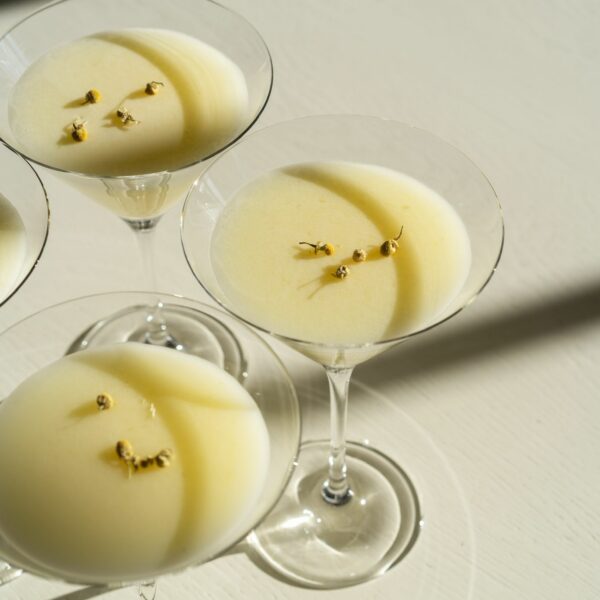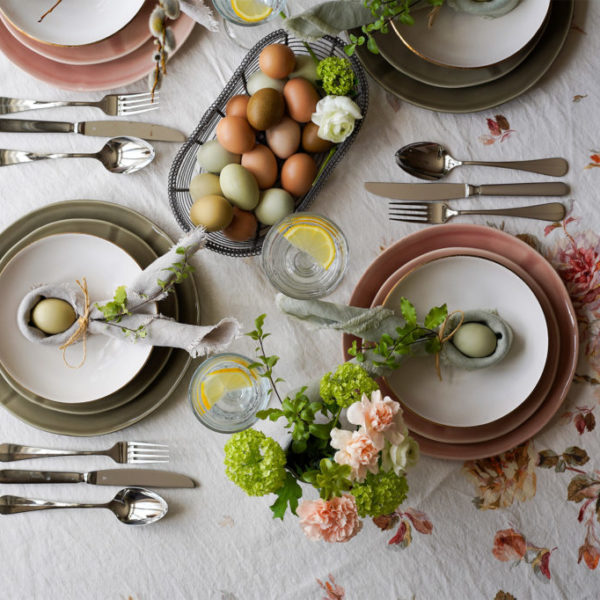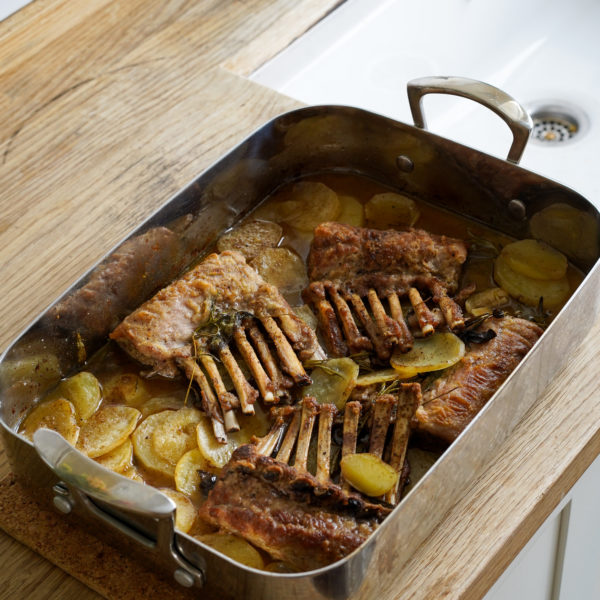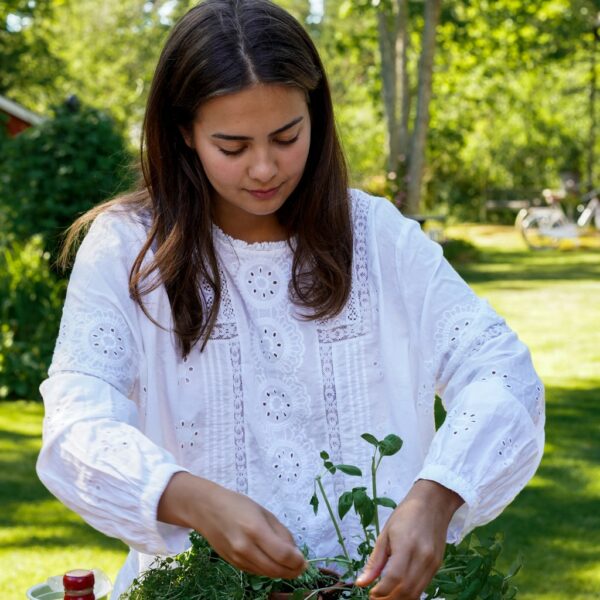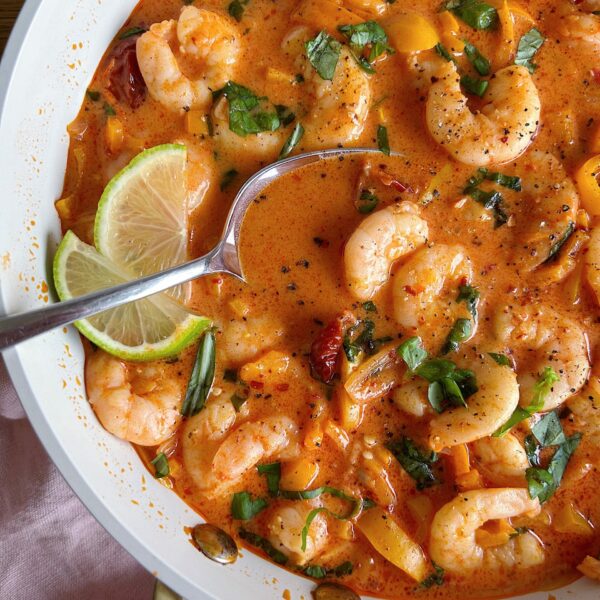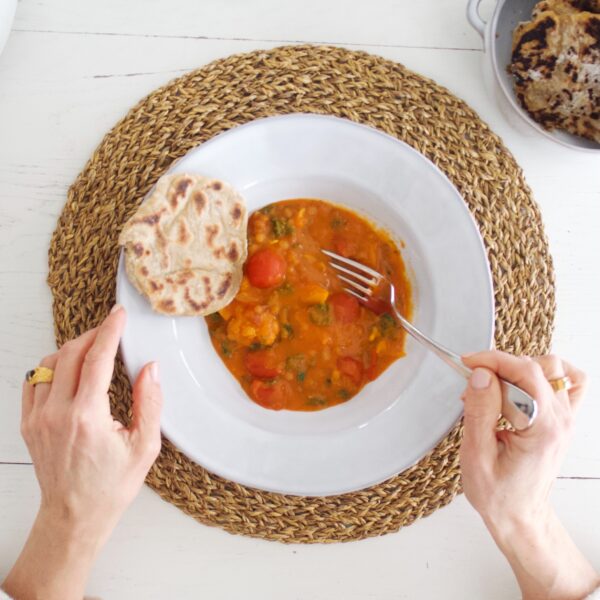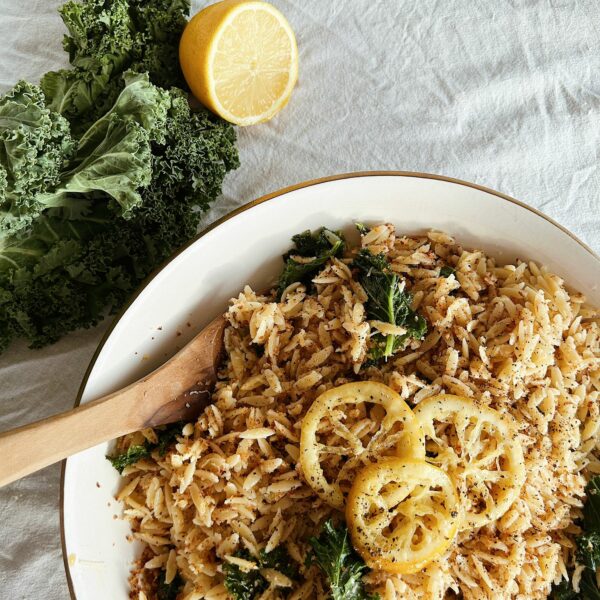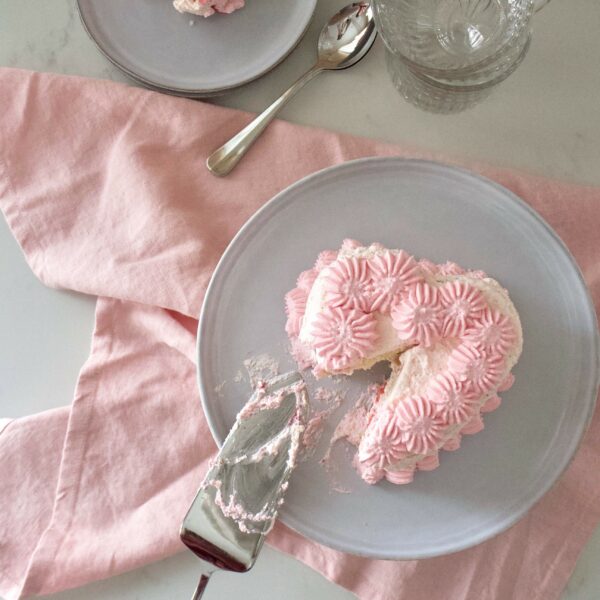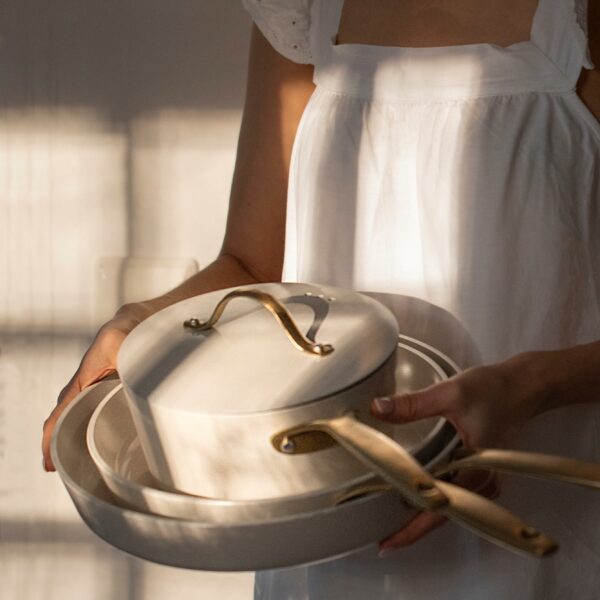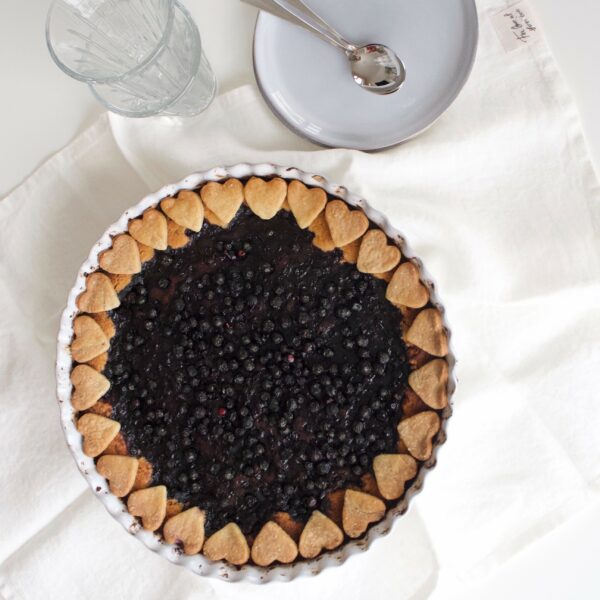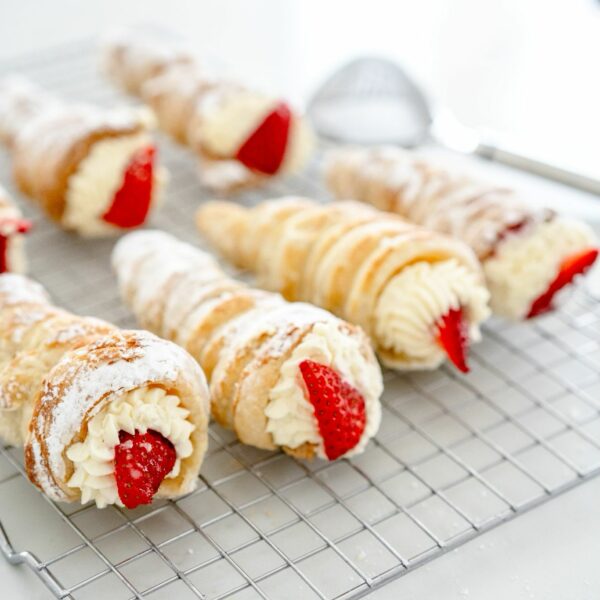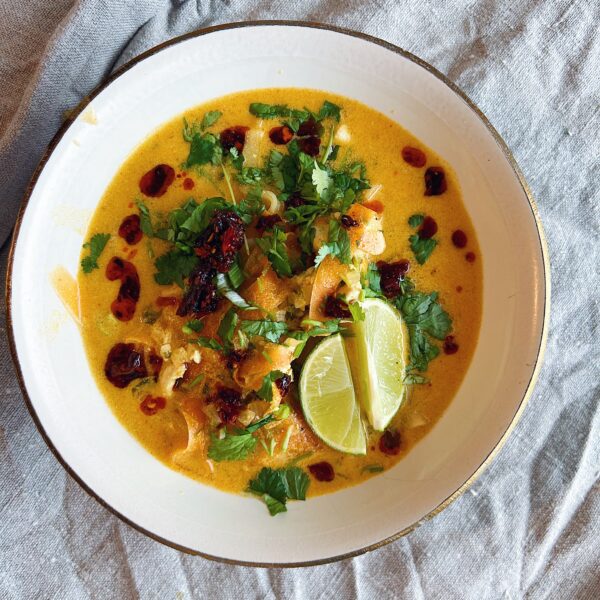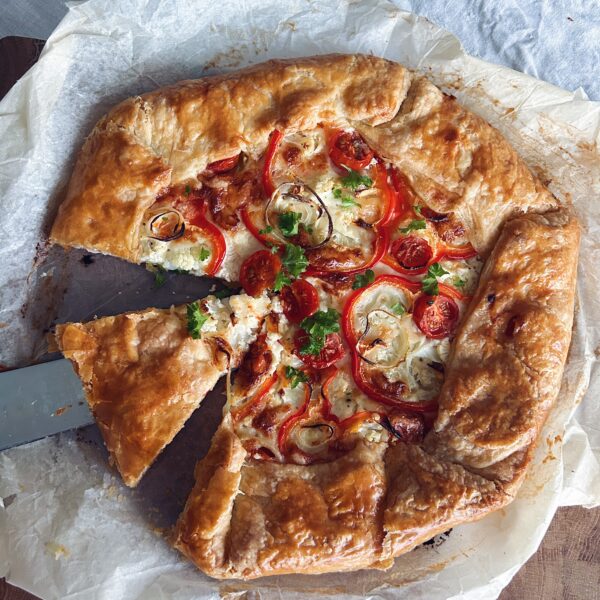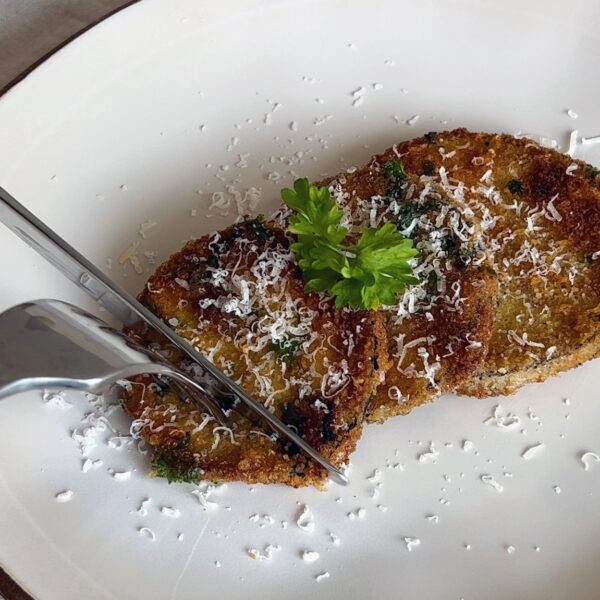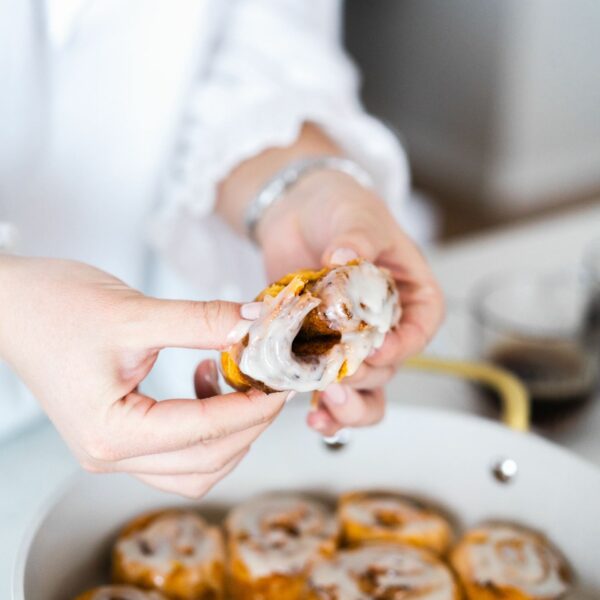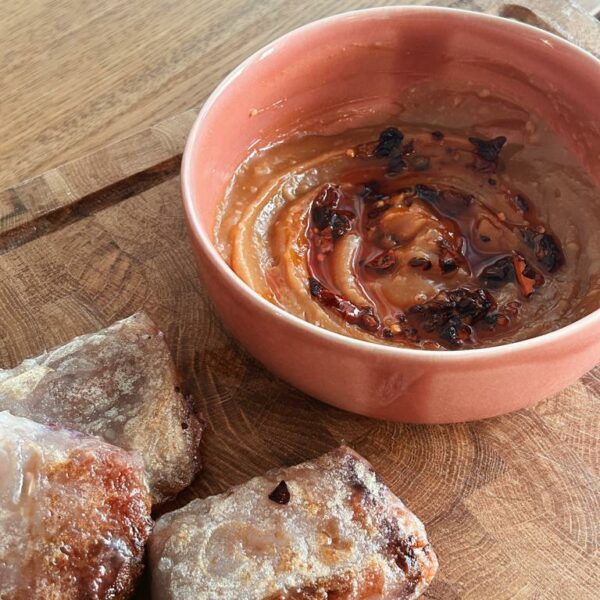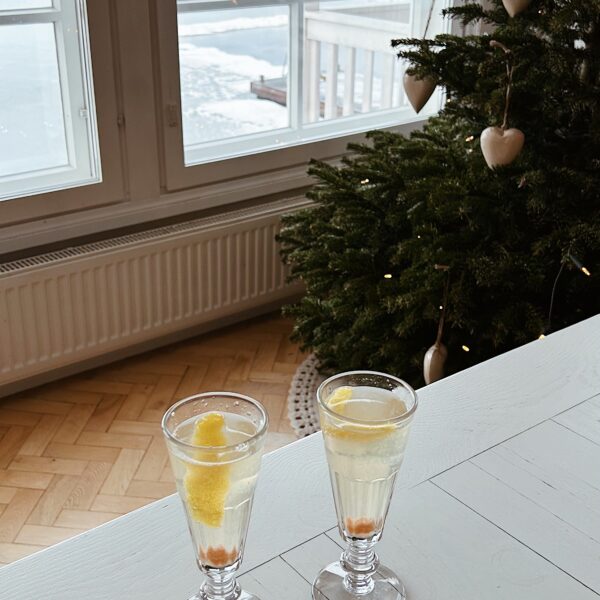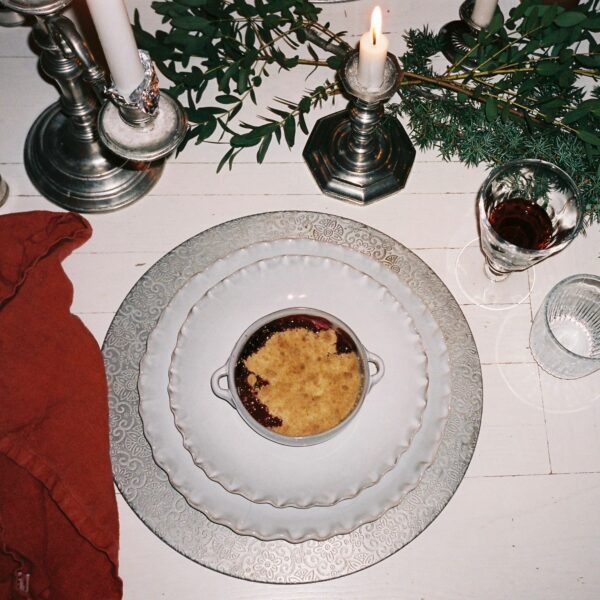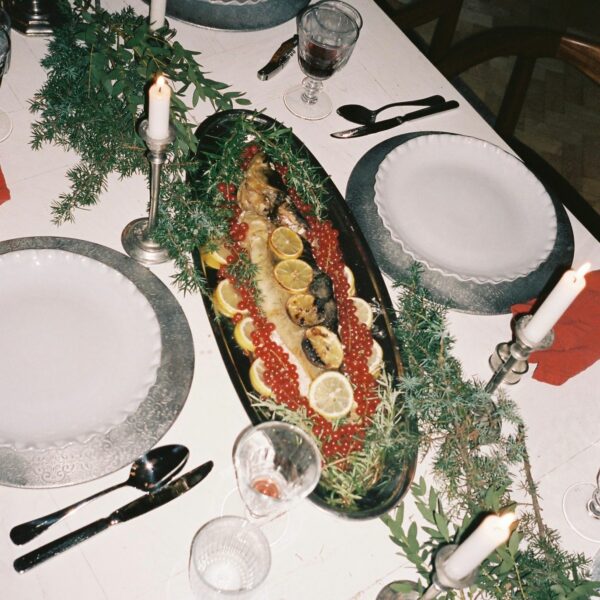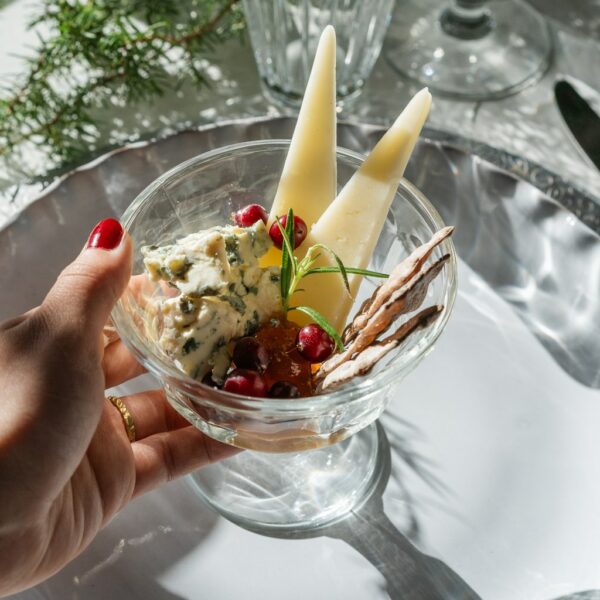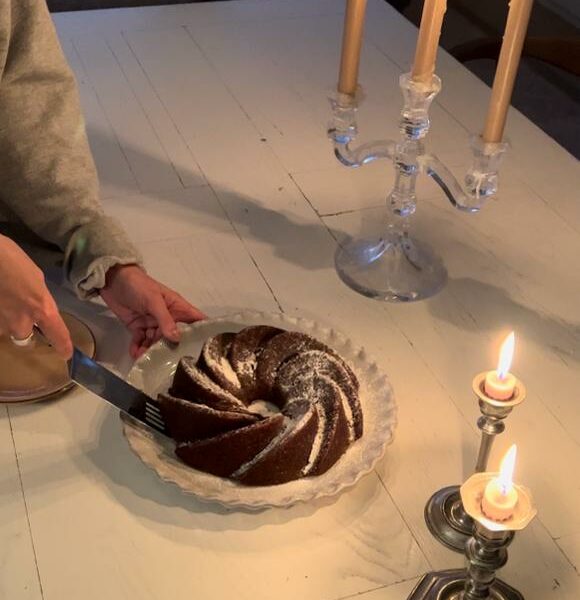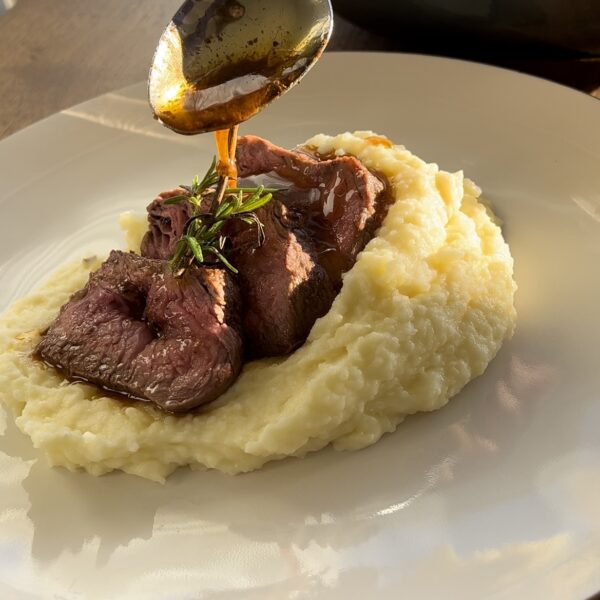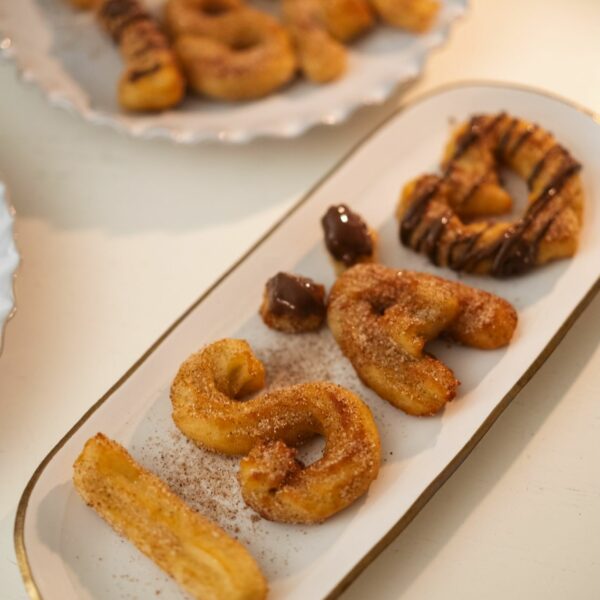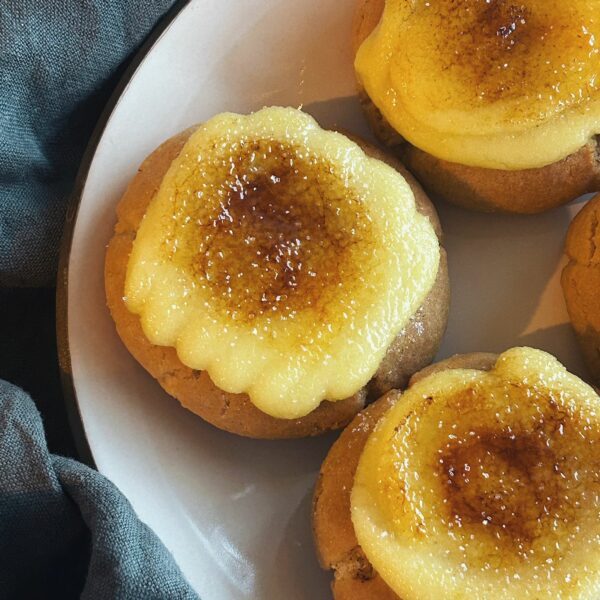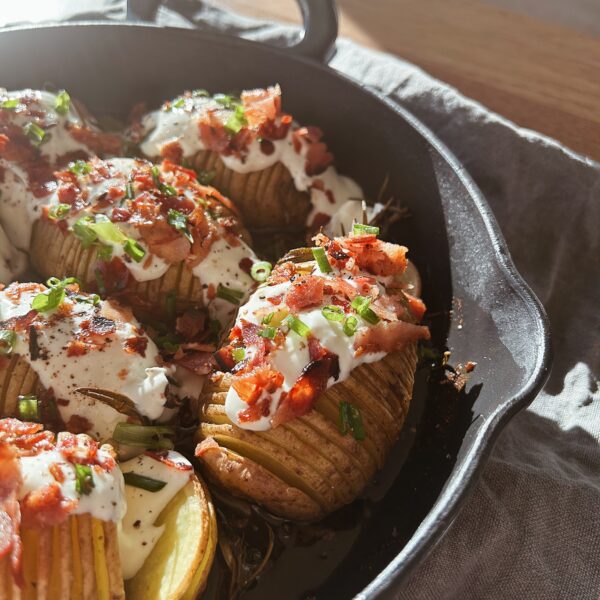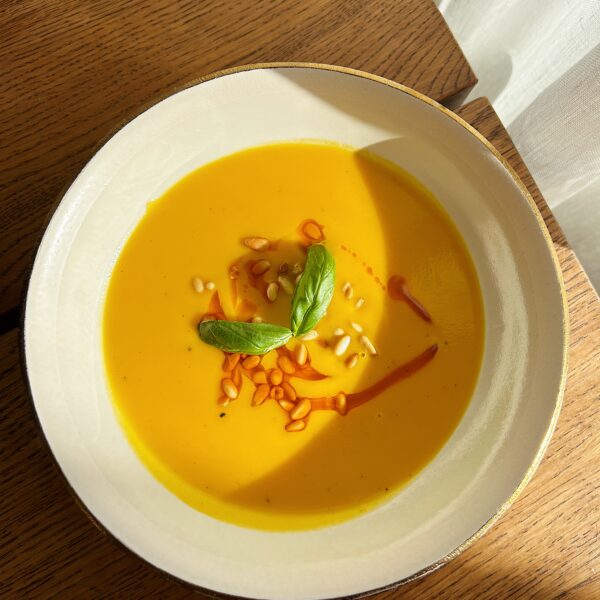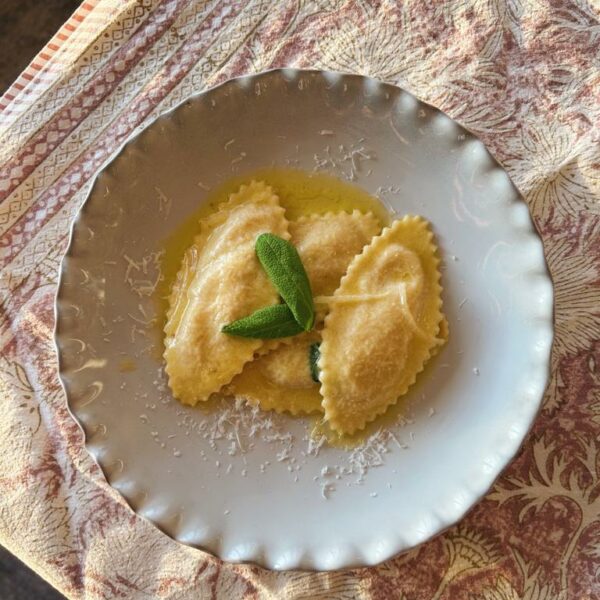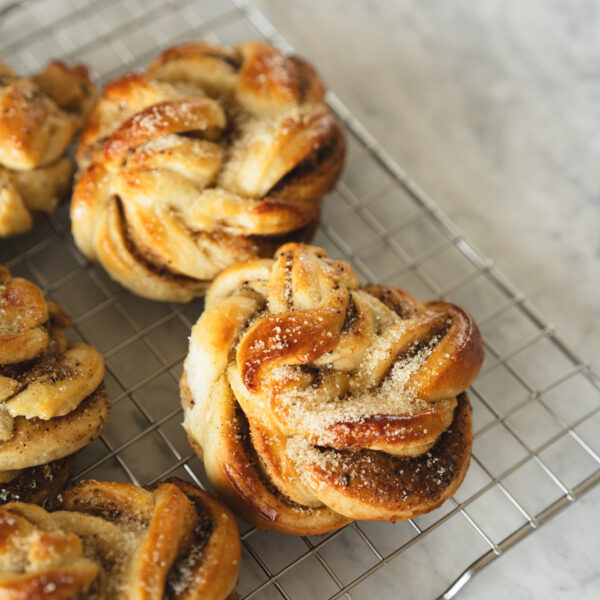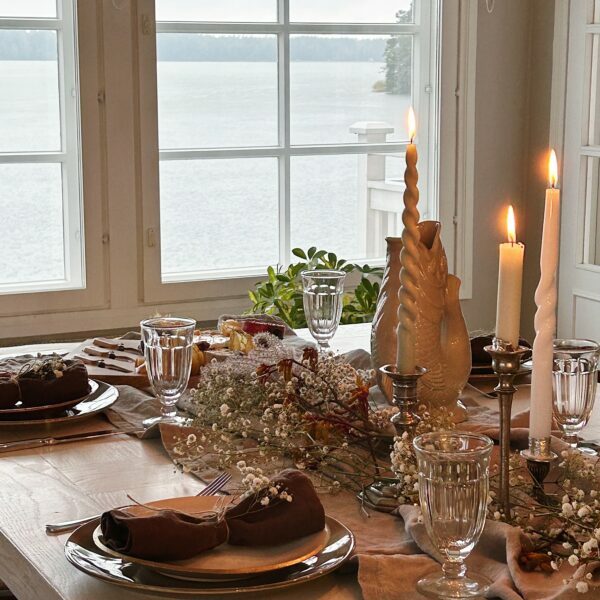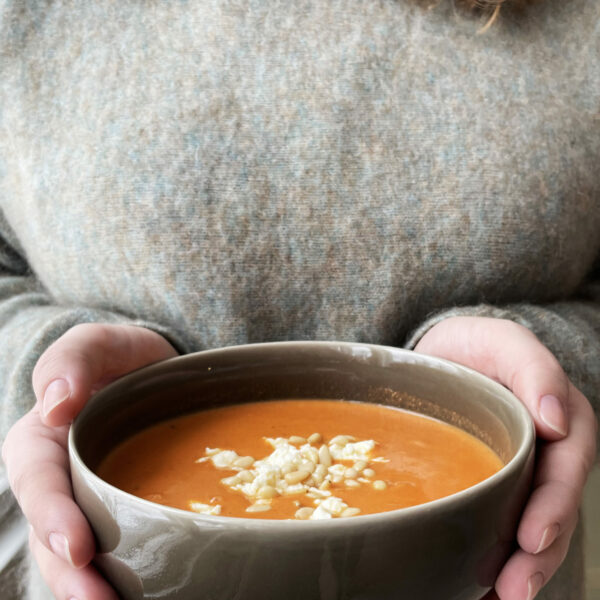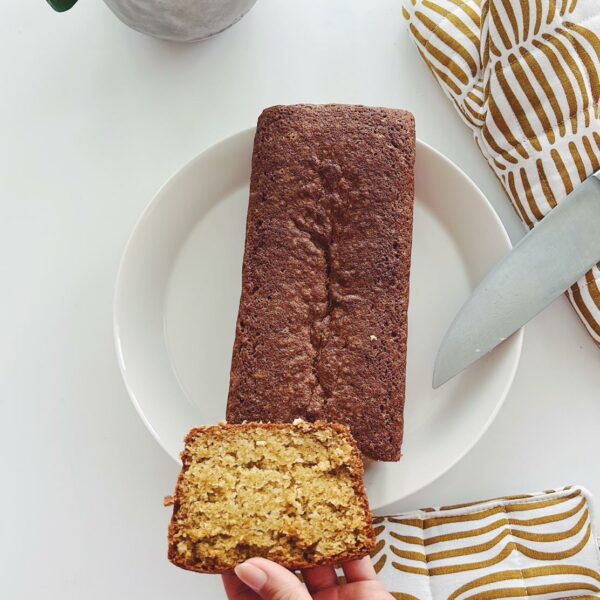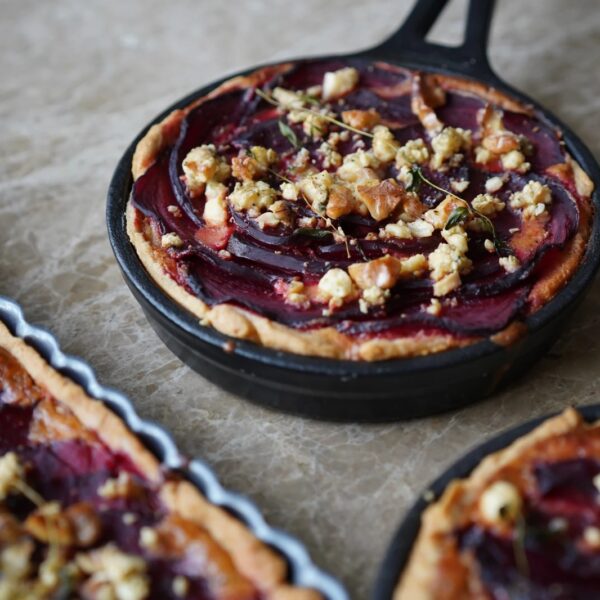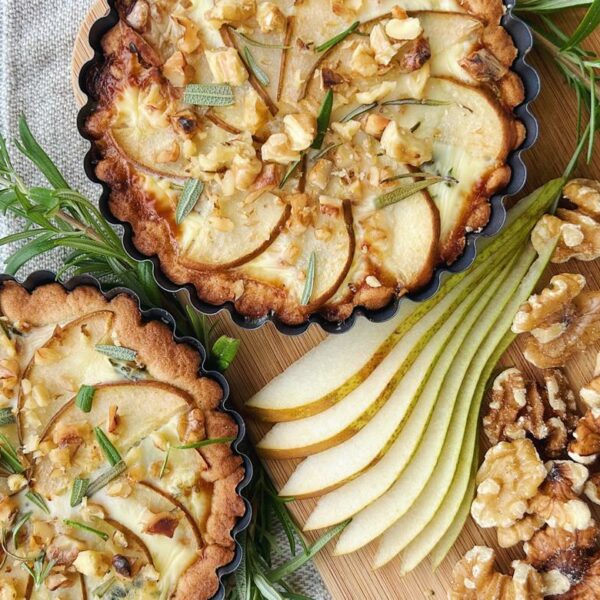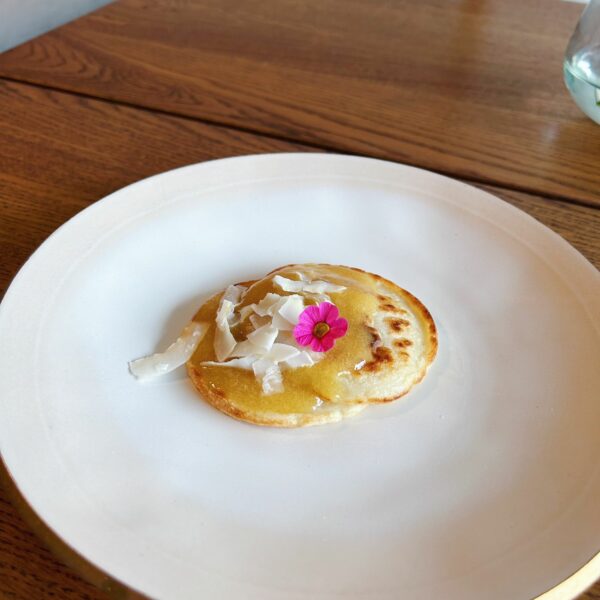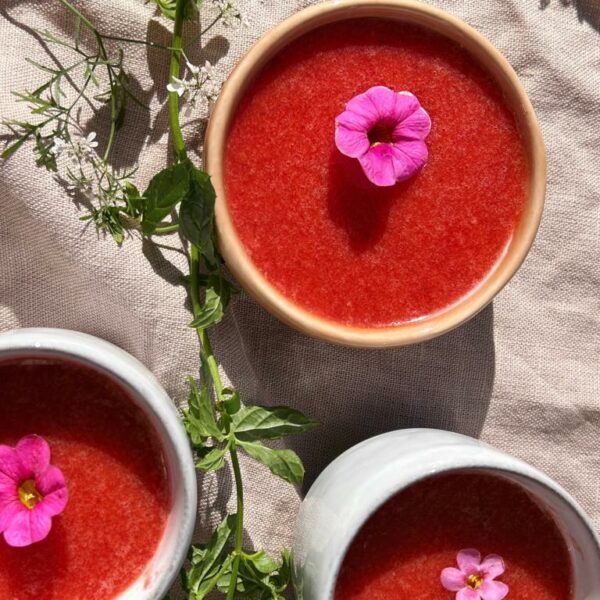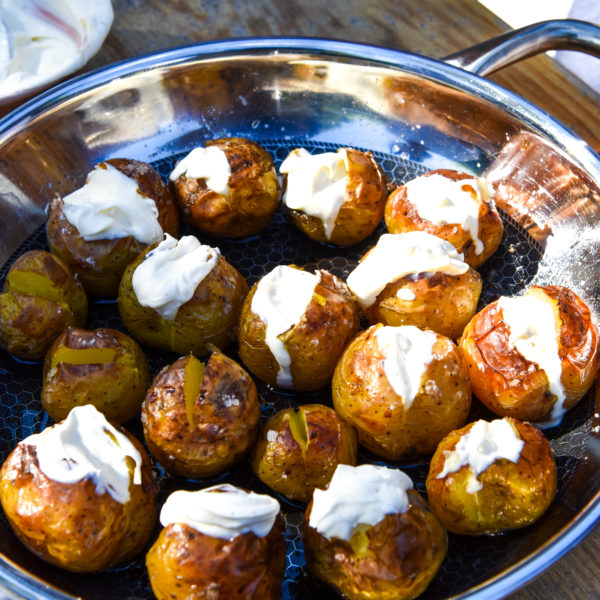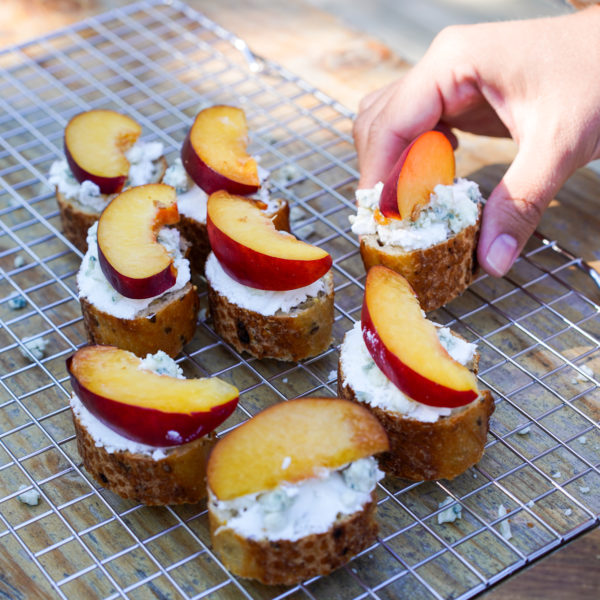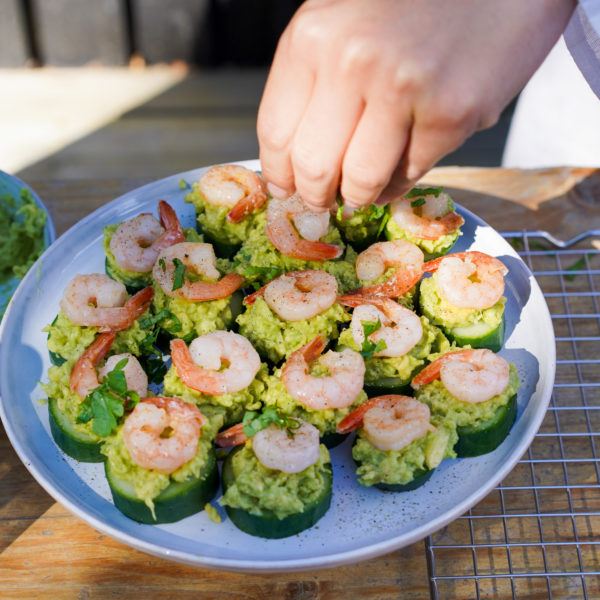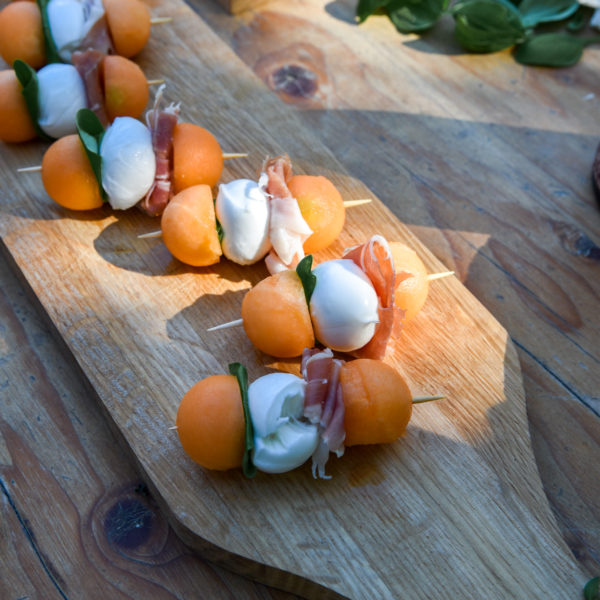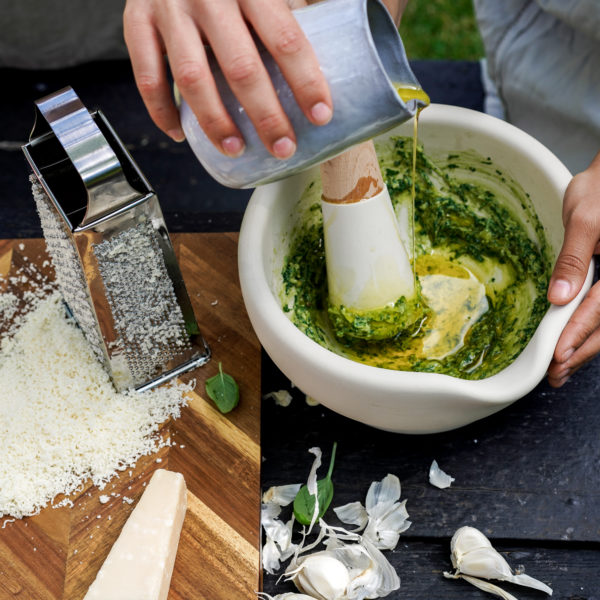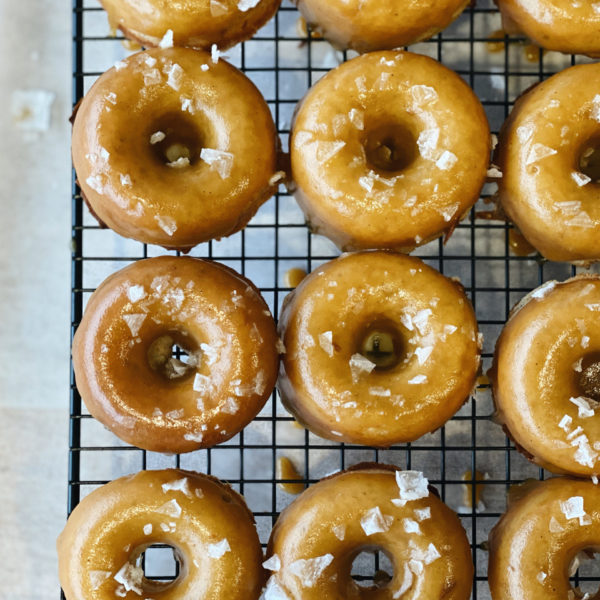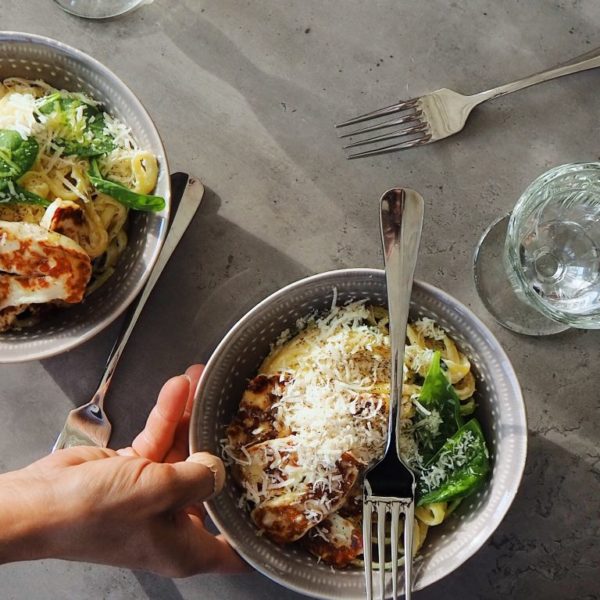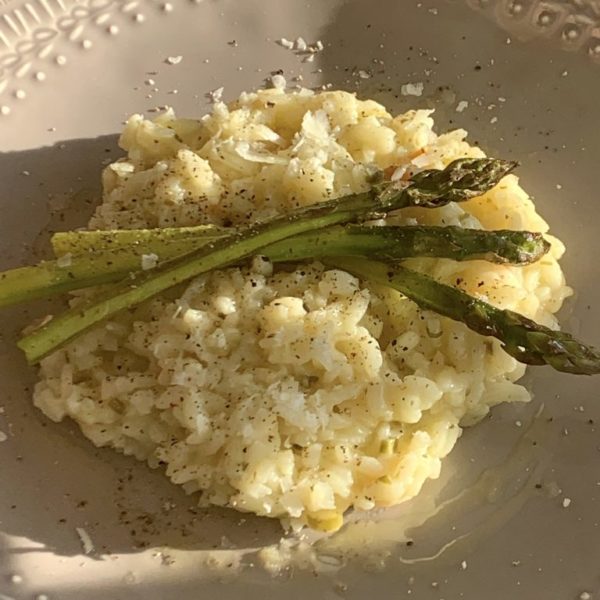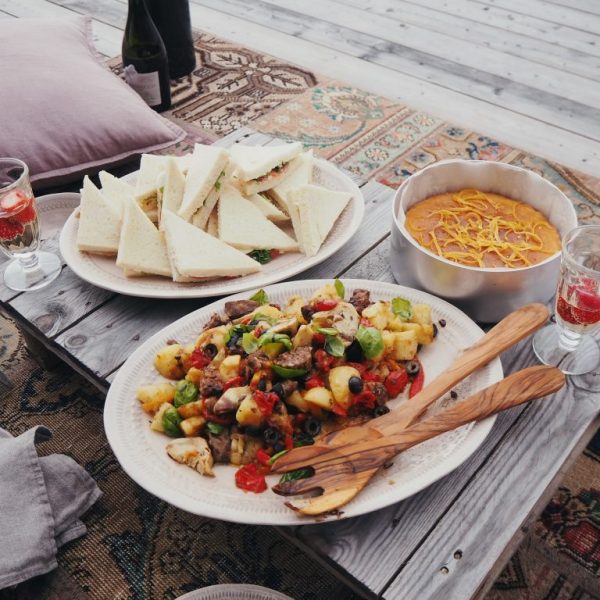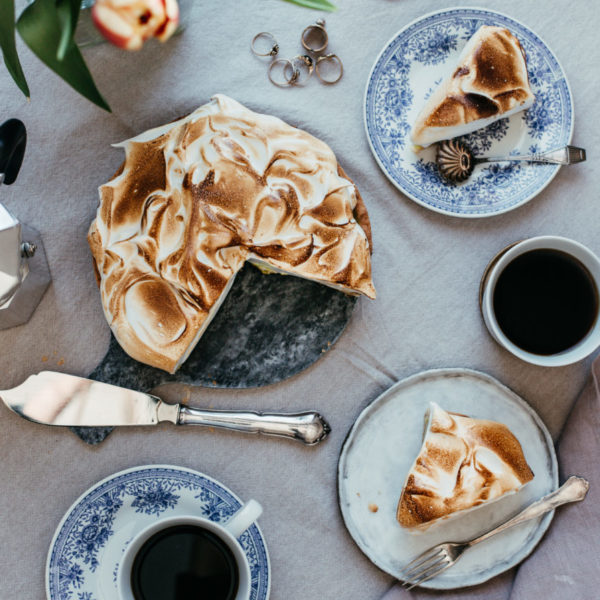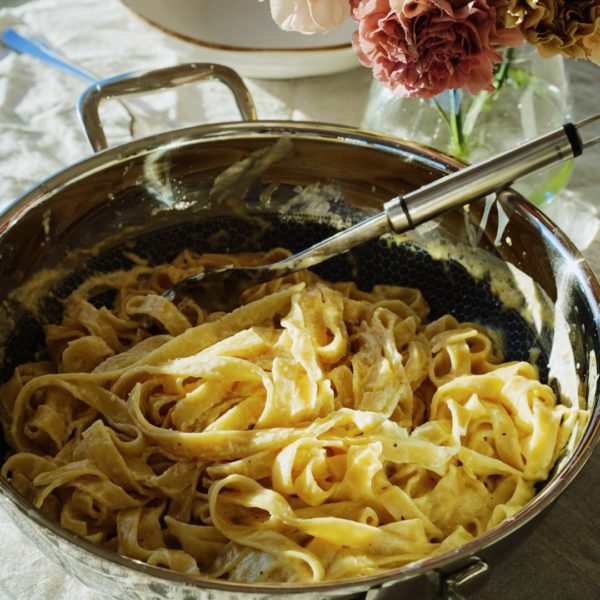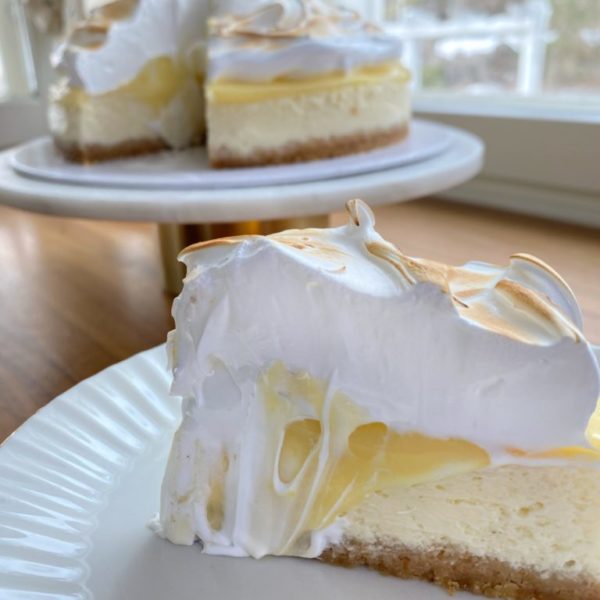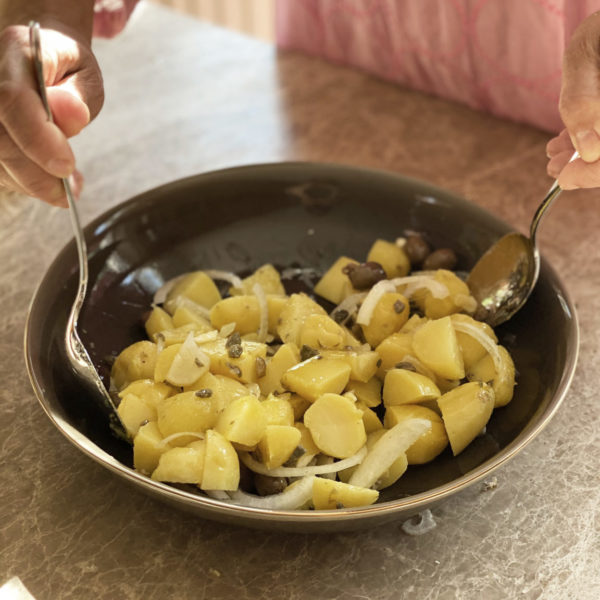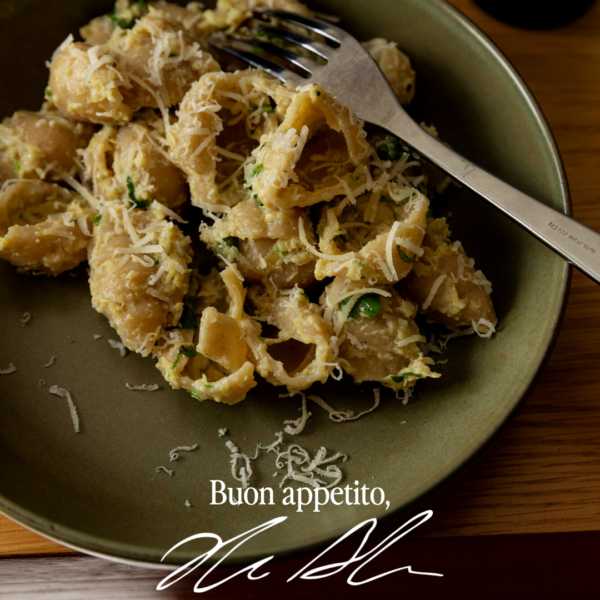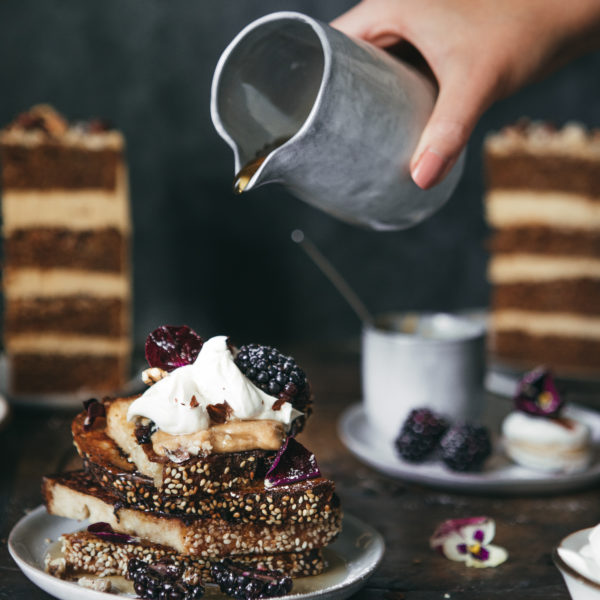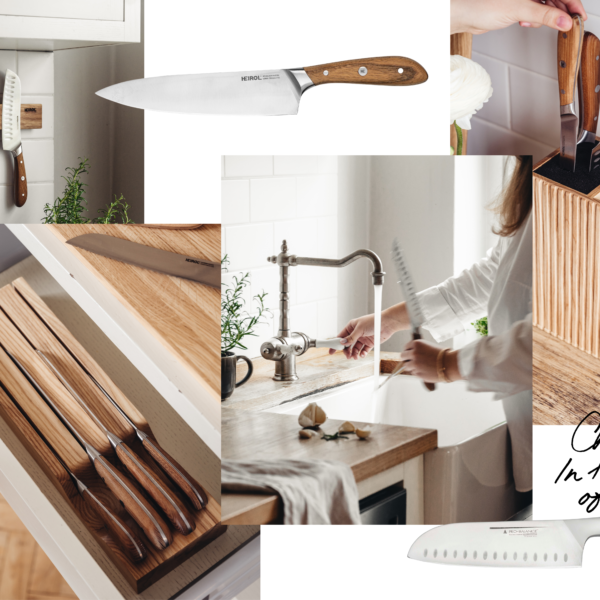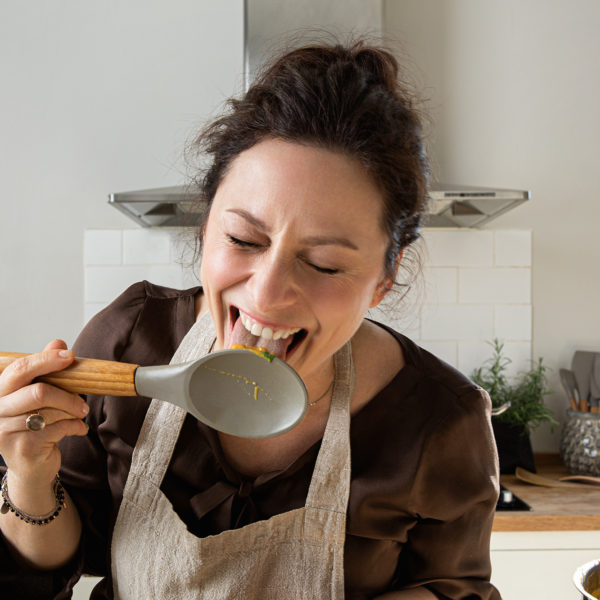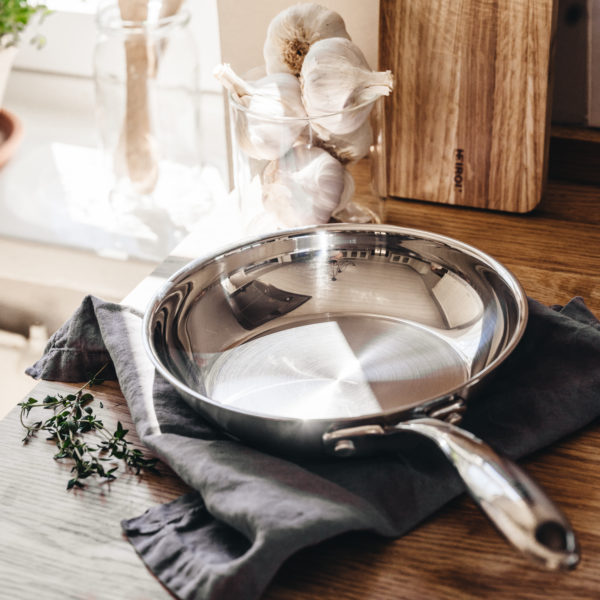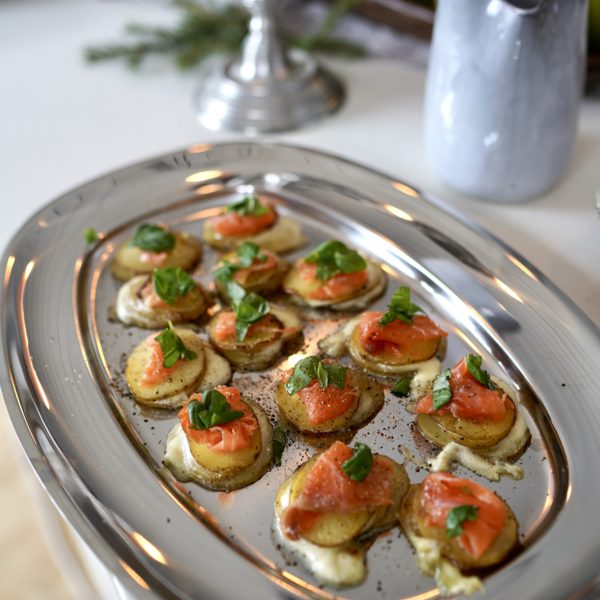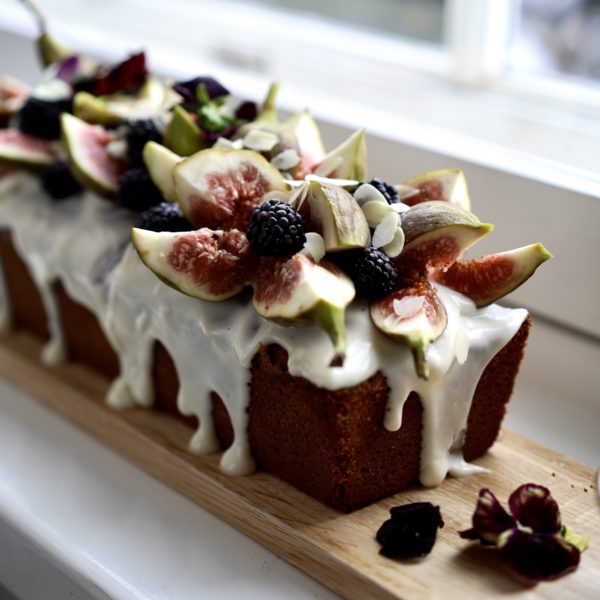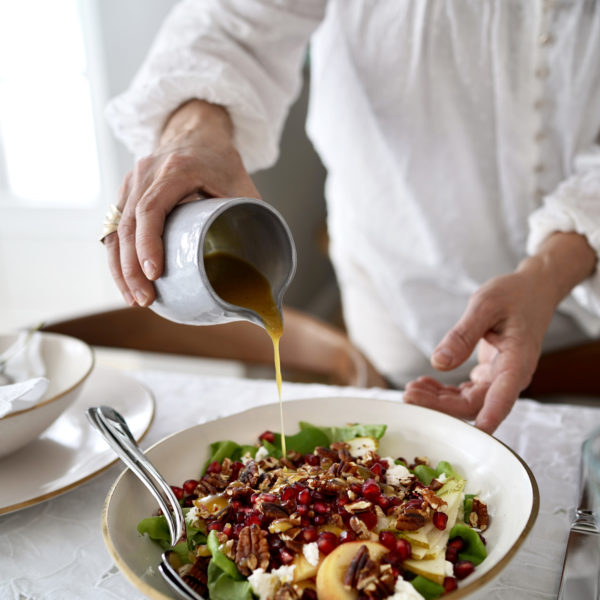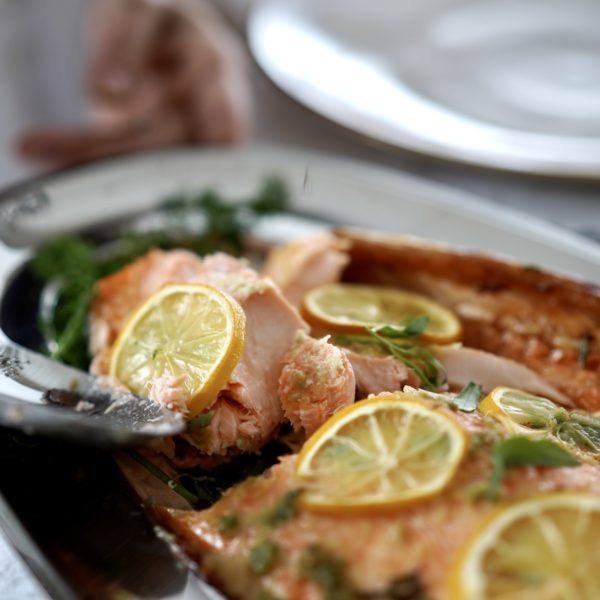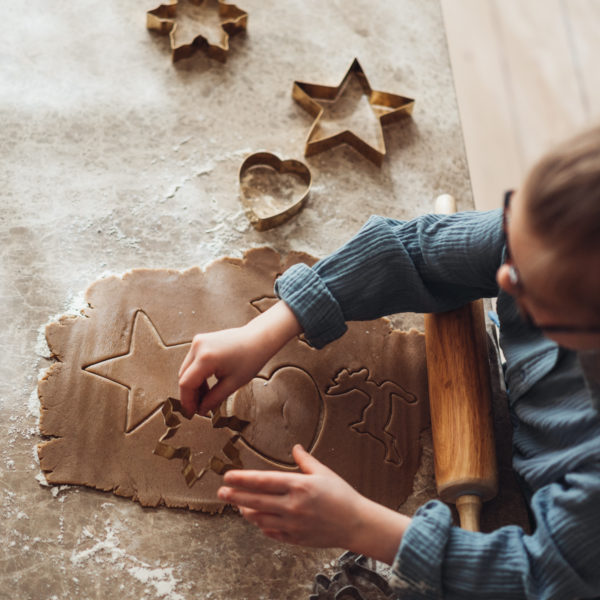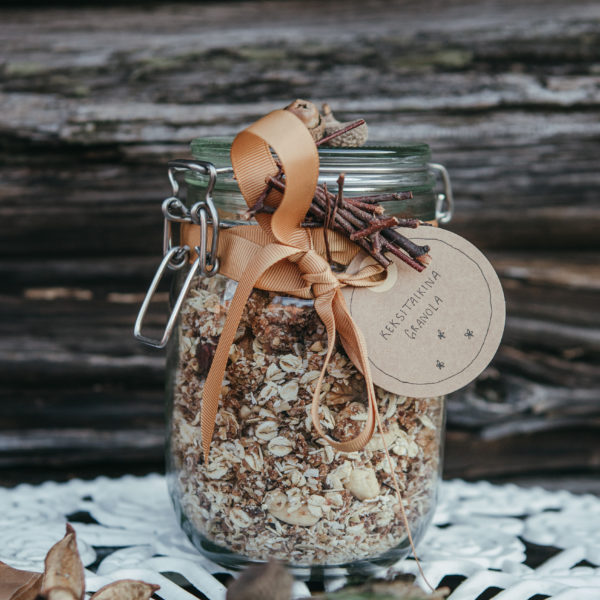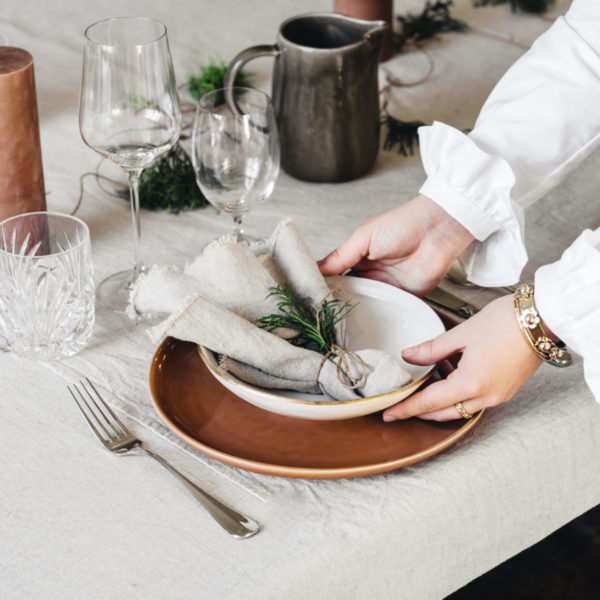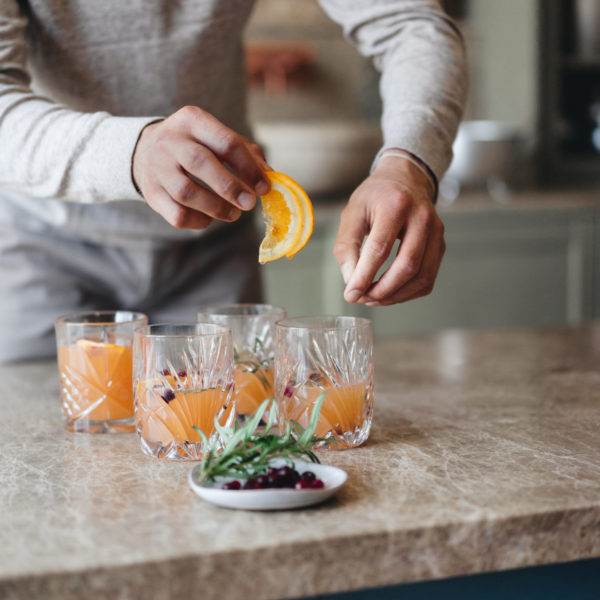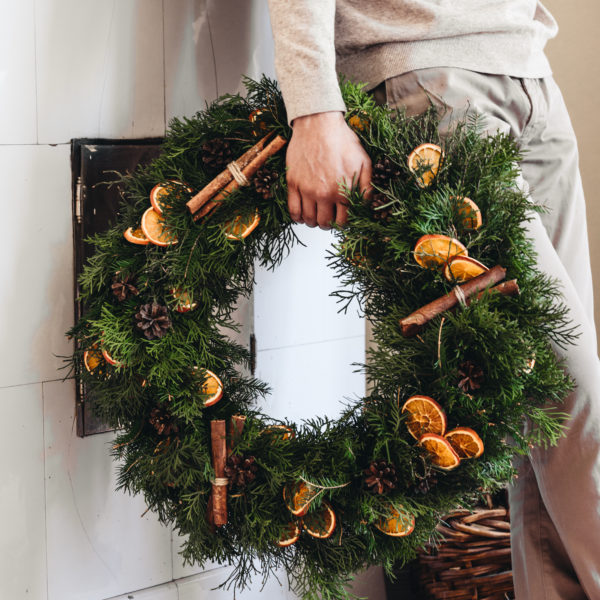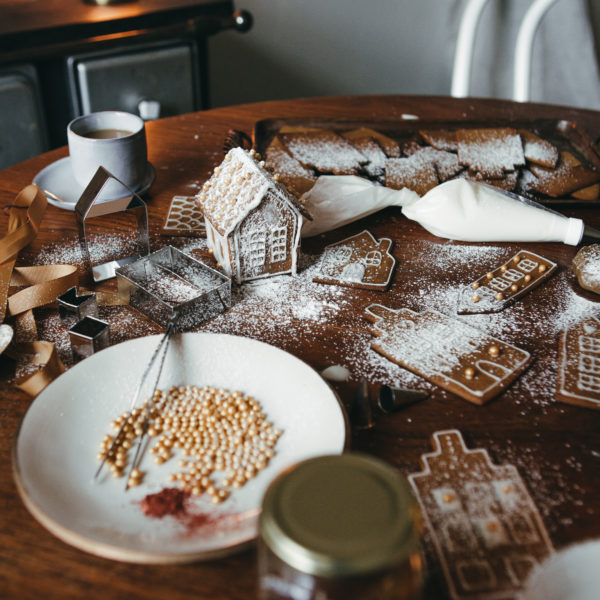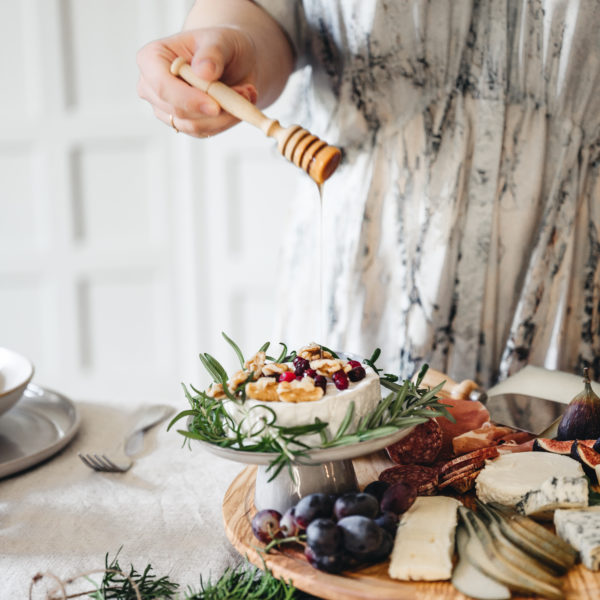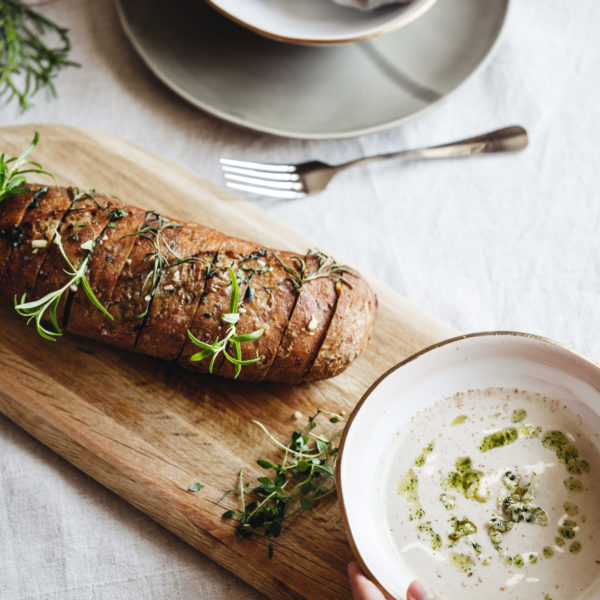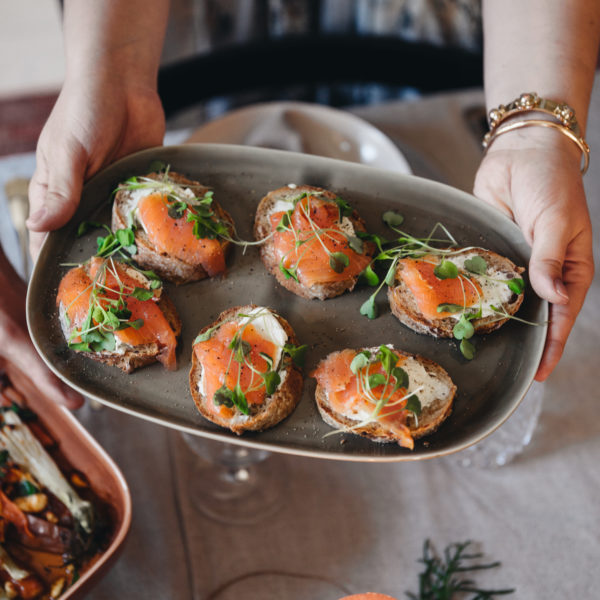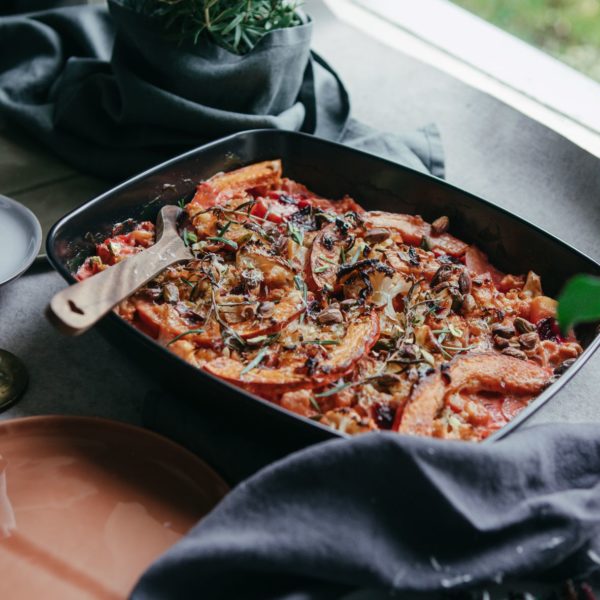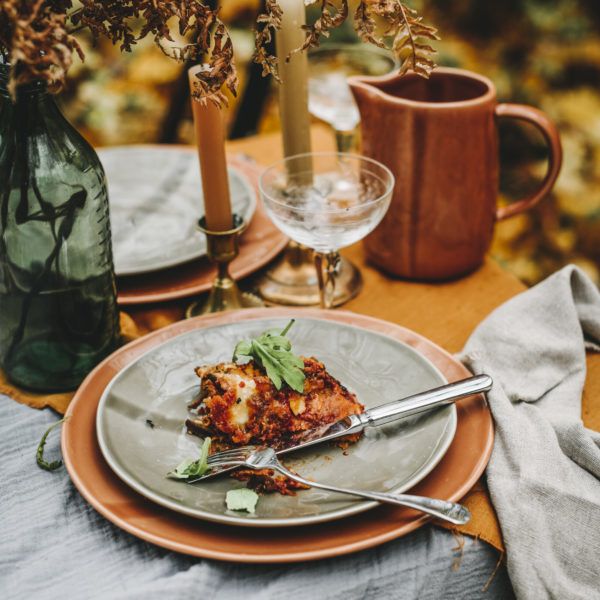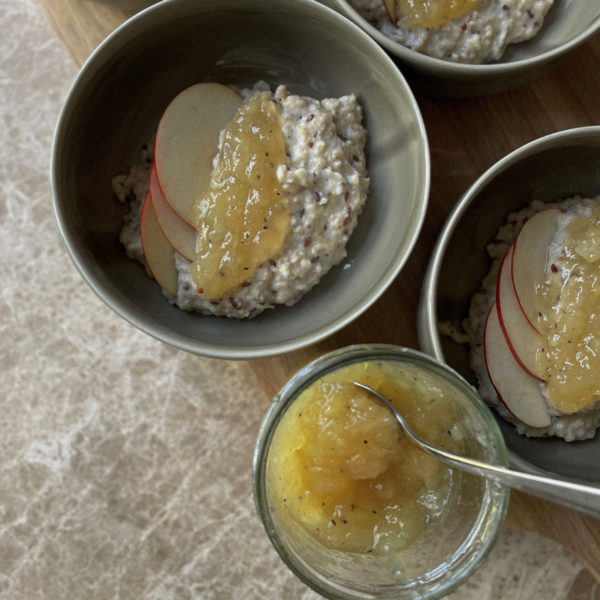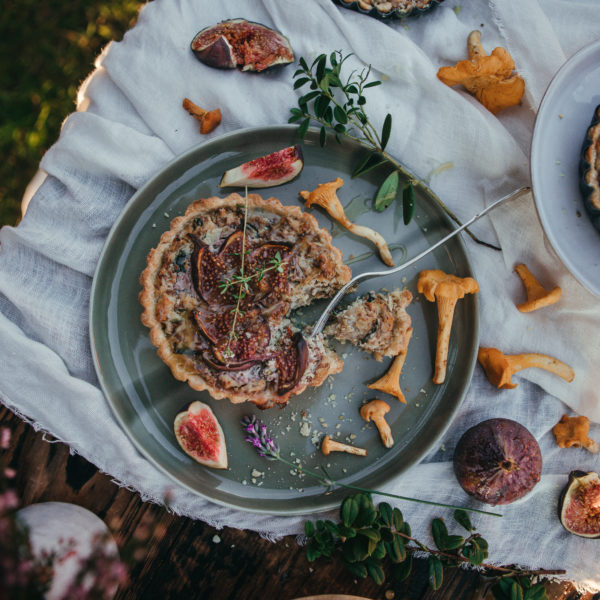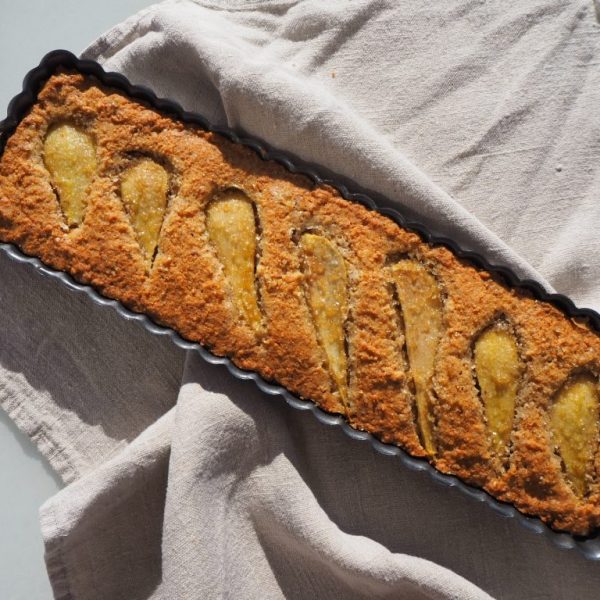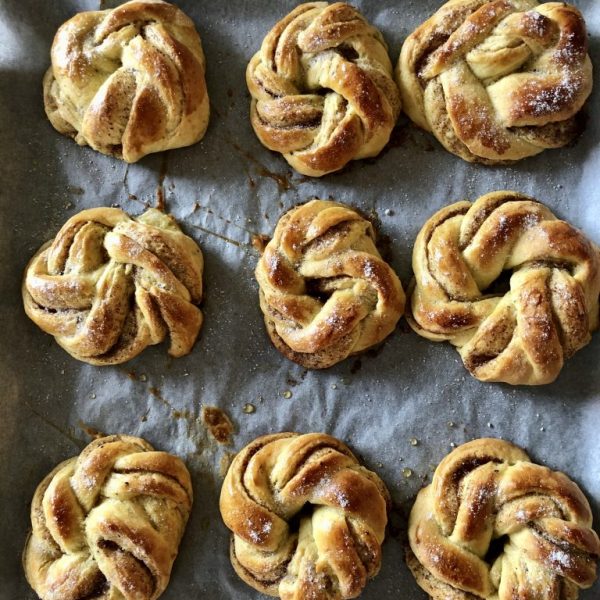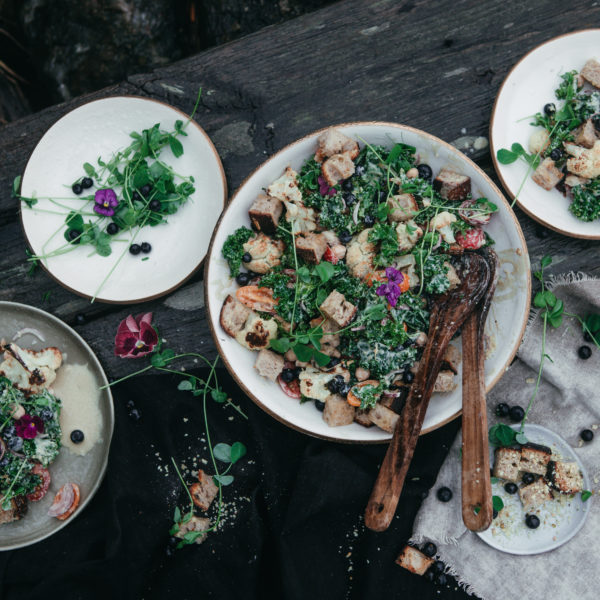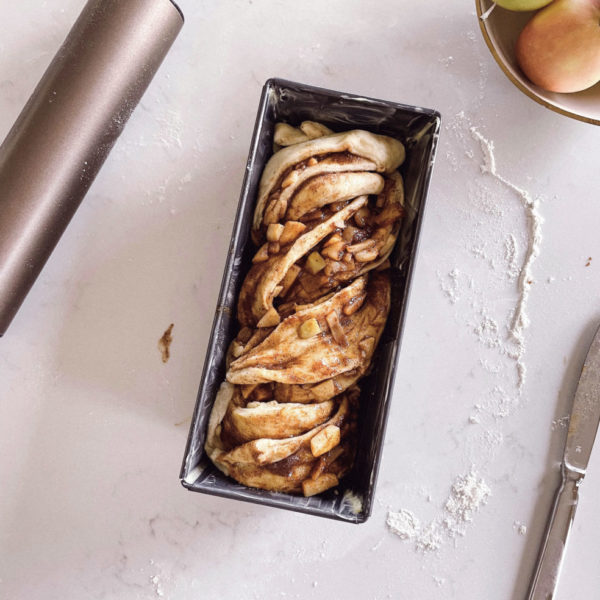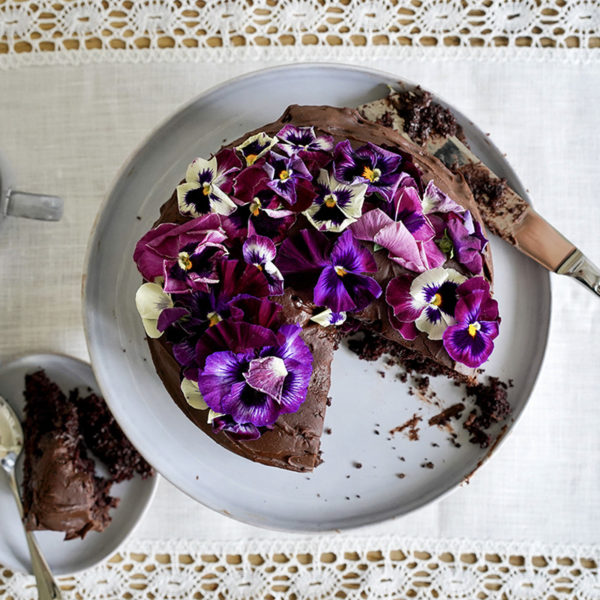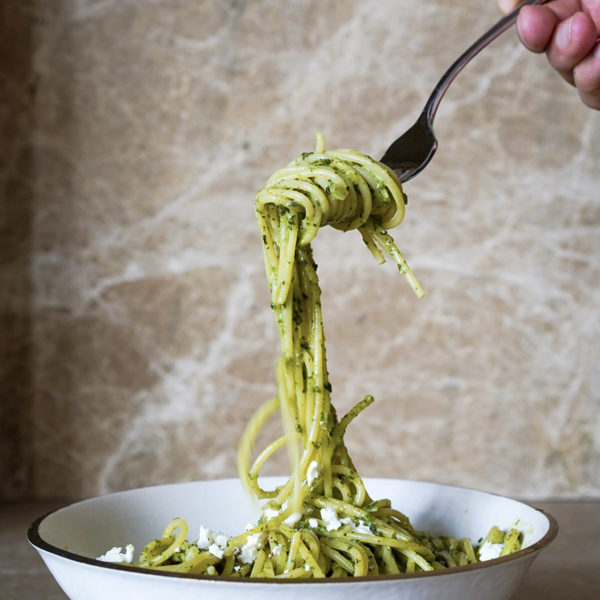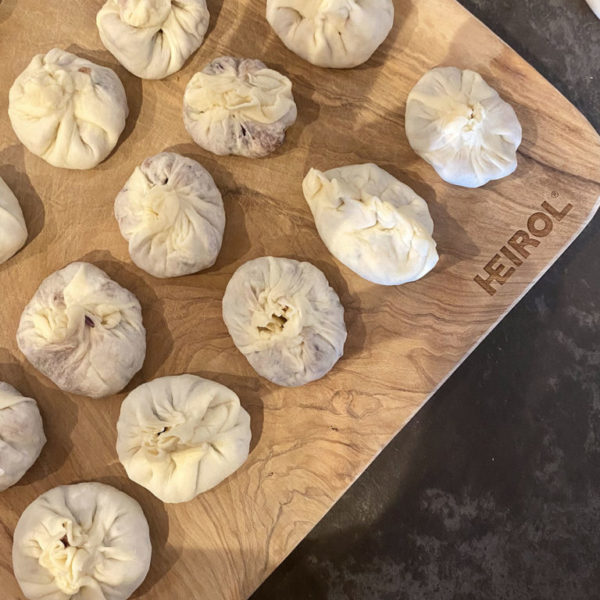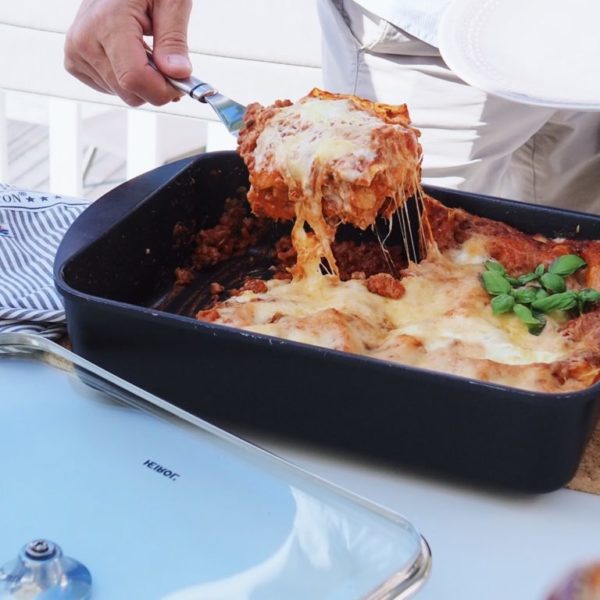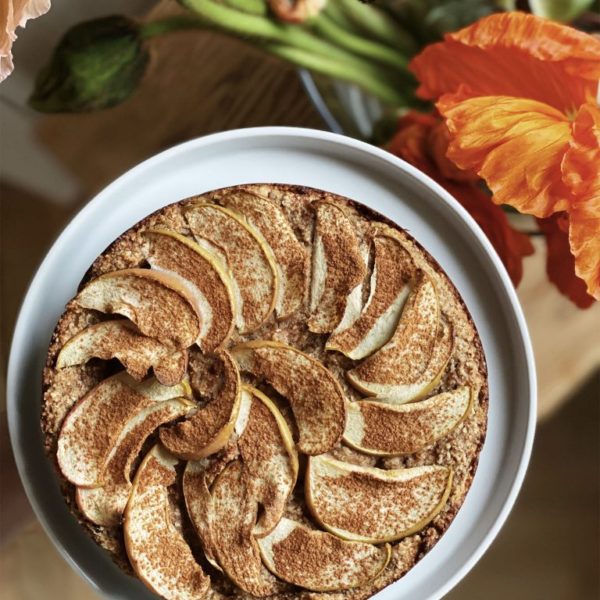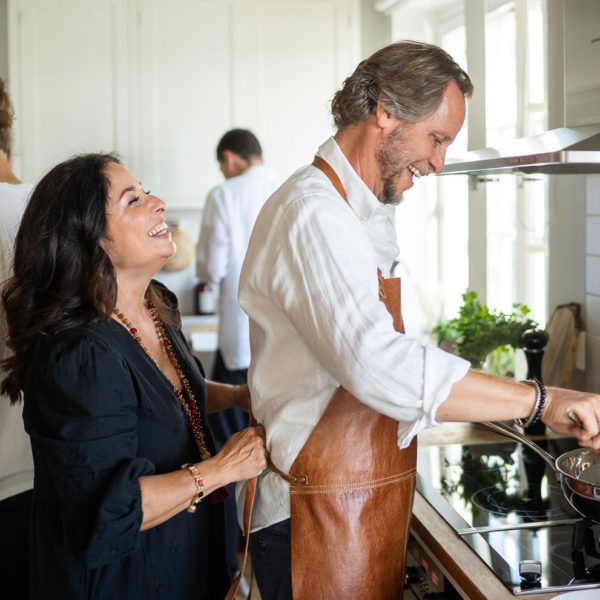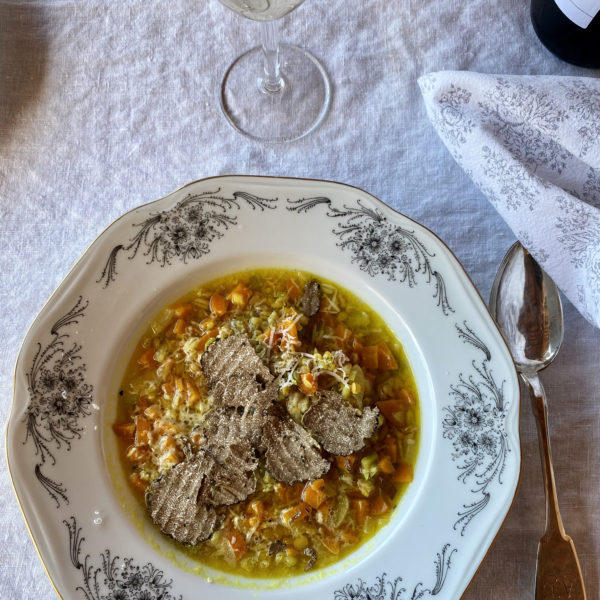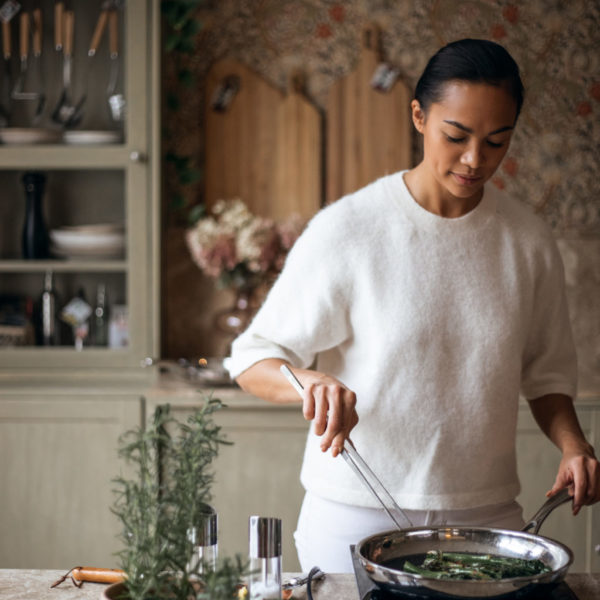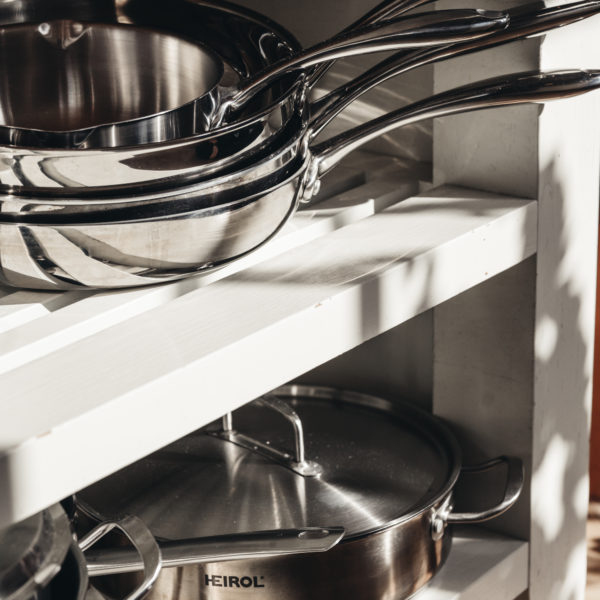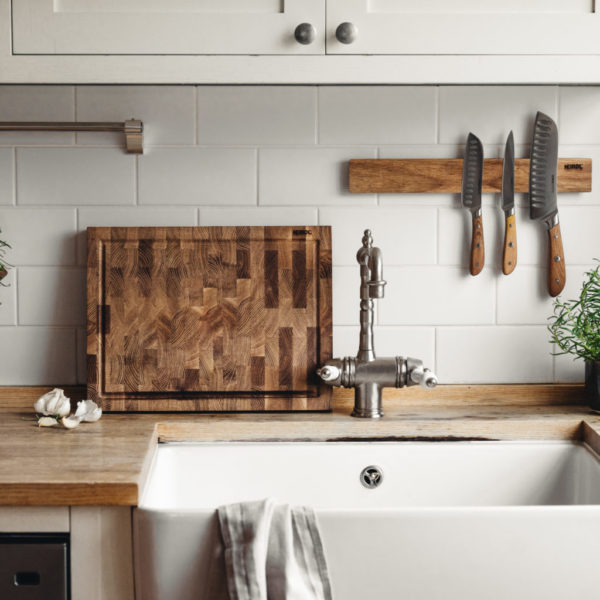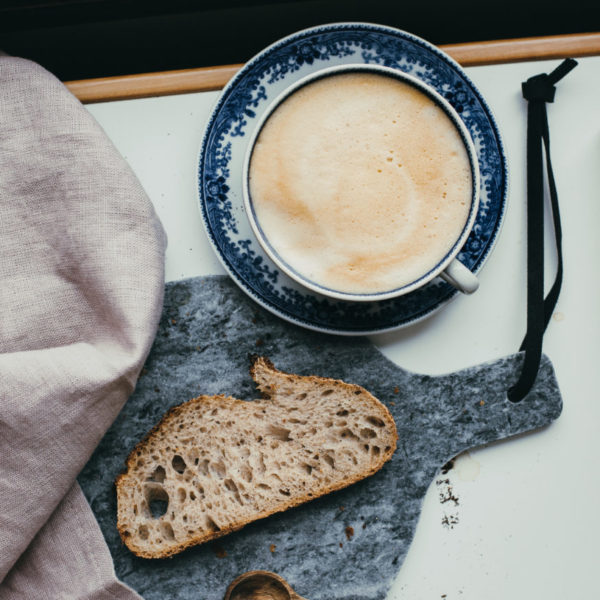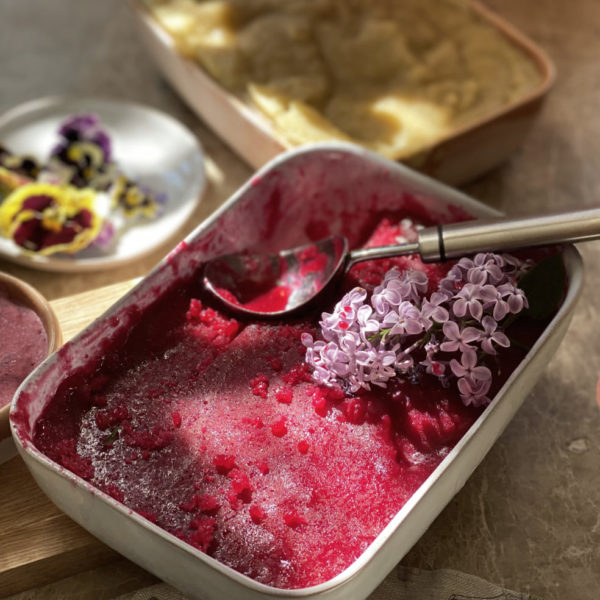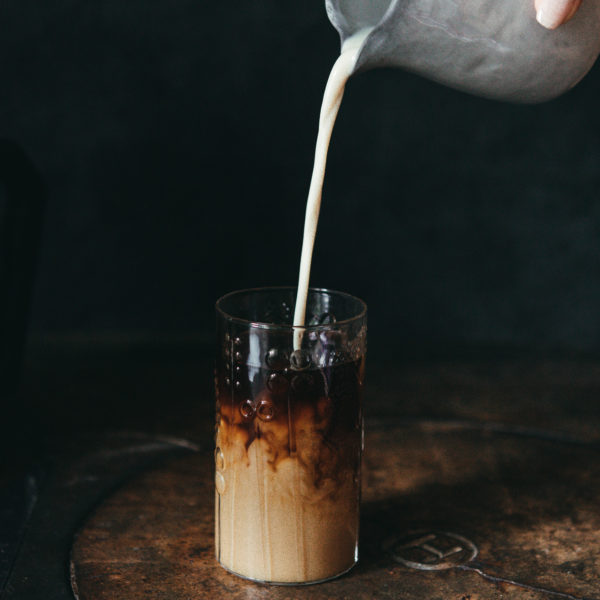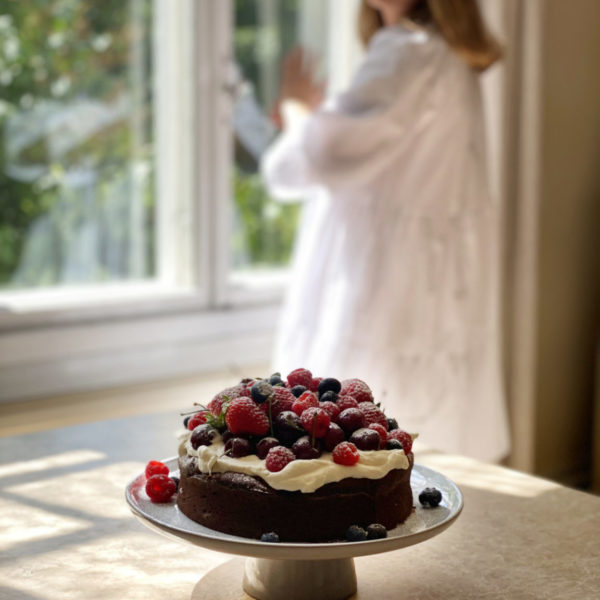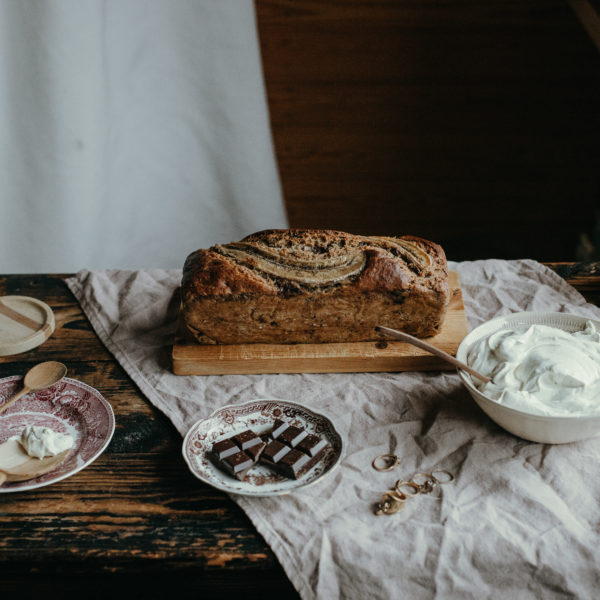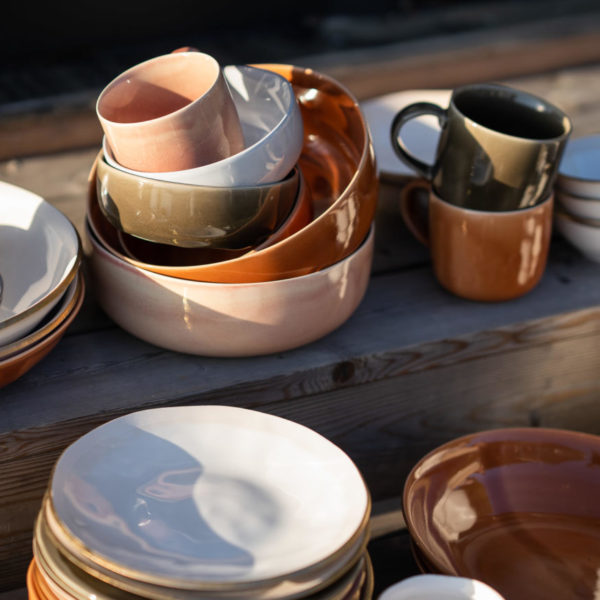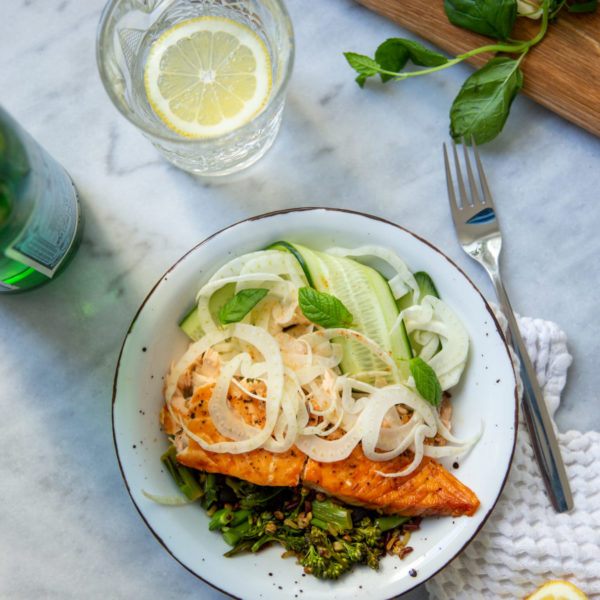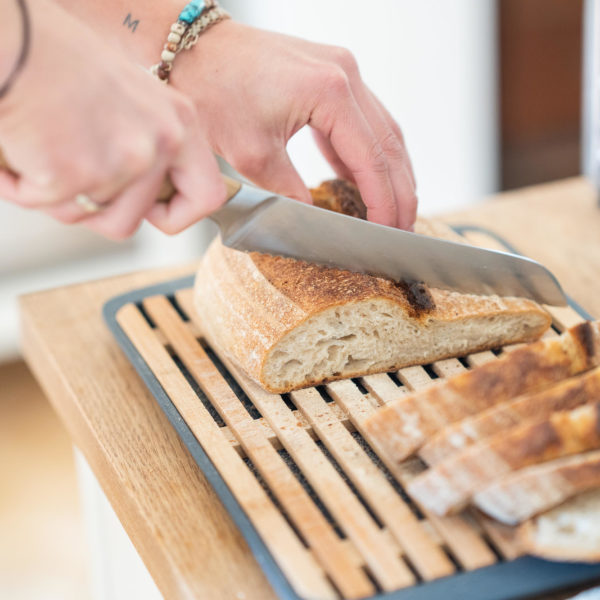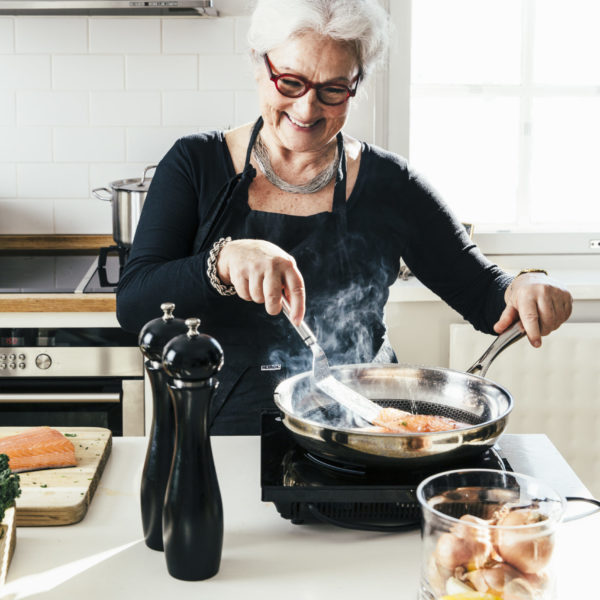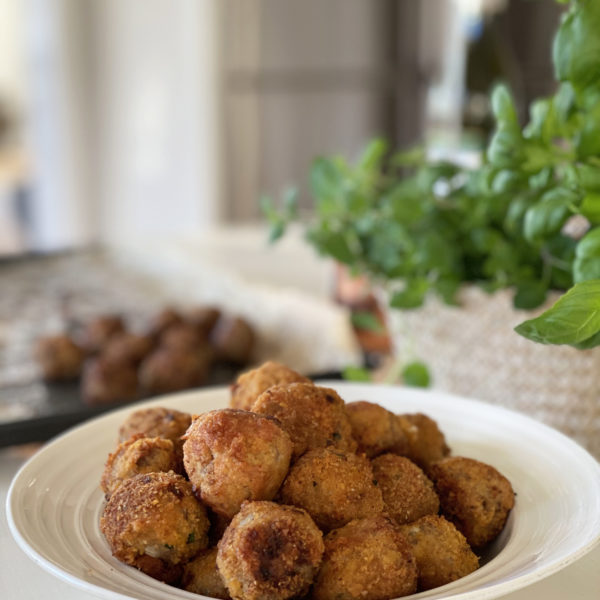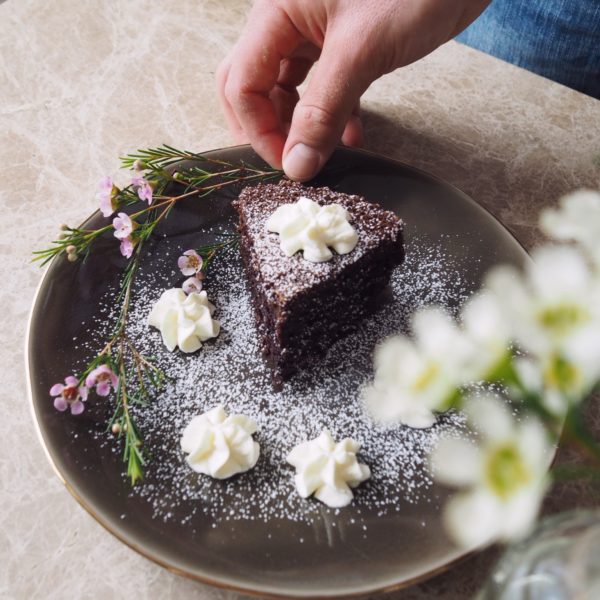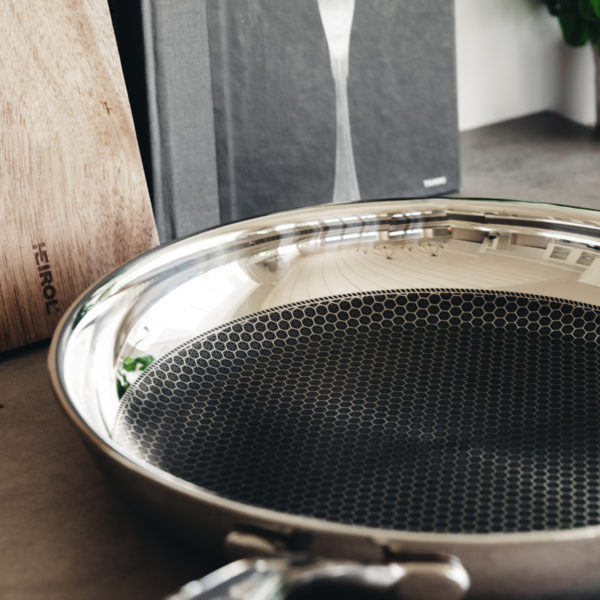To a chef, knives are one of the most important tools in the kitchen. Proper chefs carry their own knives around in knife bags and professional kitchens have an unwritten rule, that you can’t touch another chef’s knives. However, the same goes for the chefs at home – the slicing and dicing is only as good as your knife is. The right kind of knife should bring safety and confidence into the kitchen!
Along with frying pans, kitchen knives are generally among the more valuable kitchen tools – so in order to find the perfect kitchen knives, and to know how to use and take care of them, you should do some research. When taken care of properly, a high-quality kitchen knife will be there for you for years! (Psst! Read our tips on choosing a frying pan here)
When it comes to kitchen knives, the same rule applies as for frying pans: invest in quality. The characteristics of a high-quality kitchen knife are its material, design, durability, and price. In most cases, a high price point is a testament to quality materials, craftsmanship, and multiple stages in the knife’s manufacturing process. Also, a proper kitchen knife can be sharpened to make it as good as new.
Knives are the most personal kitchen tools you will ever own. The shape and balance of the handle you chose, which grows more familiar over time, and the wear on the edge of the blade reflects what and how you cook. Using someone else’s knives is like wearing someone else’s shoes: uncomfortable and a little weird to be honest. Here are some tips you should keep in mind when buying a kitchen knife:
- It is important that the knife feels good in your hand – the handle needs to be the right size, not too big nor small, and definitely not slippery.
- The weight can’t be too light or too heavy, but just right. If your household has multiple cooks, you might want to look into a knife that’s adjustable. Our Pro Balance series has the answer for this.
- The balance between the blade and the handle needs to feel good to YOU.
- The design of the knife needs to allow a safe grip close to the blade.
WHAT KIND OF KNIVES DO YOU NEED?
Your kitchen should have 3-5 different quality kitchen knives:
- Chef’s Knife: The fundamental kitchen tool for classic cooking. Chef’s knives come in a variety of sizes, the length of the blade ranges generally between 14 – 21 cm. Perfect for everyday use, you’ll definitely need to have one of these, as you can chop, slice, and dice bigger veggies and meats with it.
- Fillet Knife: The blades of fillet knives are narrow and elastic, giving them more precision and bend, making them ideal when you are working with fish, for example. Great for carving meat as well. Remove the skin of your fish fillet with ease, or carve out perfect thin slices of chicken or turkey – a proper fillet knife can make your life easier in the kitchen.
- Serrated Bread Knife: When you are using a good bread knife, you don’t have to use force and press down as you are cutting – the knife should do (almost) all the work for you. Serrated bread knives are especially good with crusty bread.
- Paring Knife: The small size of a paring knife makes it perfect for peeling or cutting smaller foods, such as vegetables and fruit. A serrated paring knife is another excellent tool to have in the kitchen, for cutting tomatoes for example, but a well-sharpened paring knife can handle that as well!
- Multi-purpose Knife: If you are looking for a knife that can basically do it all, a Santoku knife is the way to go. The Santoku knife is an all-purpose kitchen knife that originated in Japan. The word ‘Santoku’ means ”three virtues” or ”three uses”, meaning it can be used for slicing, dicing, and mincing. Santoku knives have a wider blade and are shorter in length compared to a Chef’s Knife. Due to a seamless handle-to-blade design, they are well-suited for those with small hands. If you tend to cook a lot of potatoes and/or cutting cucumber, you know how much these two stick to the blade of your knife. The blade of a Santoku knife has grooves on it to avoid food sticking to the blade making it even more enjoyable to use.
HOW TO TAKE CARE OF YOUR KNIVES
Don’t let your knives go dull, keep your kitchen knives sharp and ready for use. Using a sharp knife is more enjoyable, safer, and effortless. A sharp knife cuts where you want it to cut. A dull knife probably won’t. If your knife is dull, you’ll end up using unwanted force, which may cause some serious safety issues. There are multiple tools to help you keep your kitchen knives sharp: a traditional sharpener, a Japanese-style whetstone, or a honing rod. The usage varies, but the result is the same – a sharp knife. Read our ‘The sharper the knife, the happier the life’ article and find the best sharpening option for you!
THINGS TO KEEP IN MIND..
Cut on the right surfaces. The chopping boards that you choose to use for cutting directly affect the condition of your knives. You want to avoid hard or metal surfaces, such as stainless steel, granite, and aluminum. We recommend cutting on high-quality wood or plastic chopping boards. A sturdy wooden chopping board is a safe option, as it is better for your knife, and the weight helps keep it in place whilst cutting.
Wash them by hand. Many people have a tendency to toss their knives in the dishwasher without even thinking about it. While it may seem like the quick and easy solution, getting blasted by heat, water, and detergent is not great for your knives, and will likely dull them, if not ruin them. Take the time to wash them by hand – use soap and a dish brush, and dry them properly right after. Washing your knives by hand will keep them sharp and adds time to their lifespan.
Quality material matters. The blade steel is a critical element that determines how a knife performs. High-quality knives are made of metal compounds that are refined in a variety of methods. For example, thermal processing (hardening), periphery polishing, bolster welding, marking, etc. Through these processes, knives get their unique characteristics, such as suppleness/stiffness, durability, elasticity, etc. These attributes can’t be varied nor achieved with knives that are cut from sheets of stainless steel. To lower the carbon content and likeliness of the formation of rust, chromium is often added to the blade steel. Since most high-quality knives are not 100% stainless steel, if the blade is wet for too long, some rust may start forming. Stainless steel knives get dull quickly and are more difficult to sharpen, as stainless steel is considered a ”tough” material.
Store your knives properly. Your knives should have a dedicated storage spot just for themselves – do not put them in the drawer where they can move around and get damaged. There are plenty of great ways to store your knives. If you are looking to keep your knives out of sight, try an in-drawer knife block; if you want your knives and utensils close by and ready for action, take a look at our beautiful wooden knife block or on-the-wall knife magnet.
A good knife is like a woman: sharp and strong, and you have to treat it with respect 😉

